 The 'Adunni Olorisa' has passed! The white priestess of Osun River Grove deity in Nigeria, is dead. Susan Wenger was 94 years old!
The 'Adunni Olorisa' has passed! The white priestess of Osun River Grove deity in Nigeria, is dead. Susan Wenger was 94 years old!  It was here at Ede that Susanne met Ajagemo, a powerful Obatala (native) priest and her guru, who initiated her into the world of the Orisha - the traditional Yoruba religion. She got very much involved in Osun River Grove; her passion and devotion saw her grow through the ranks to become the chief custodian and priestess of the shrine. Susan remained in this position till her death; although rigours of old age removed her from active involvement and participation during the last years of her life.
It was here at Ede that Susanne met Ajagemo, a powerful Obatala (native) priest and her guru, who initiated her into the world of the Orisha - the traditional Yoruba religion. She got very much involved in Osun River Grove; her passion and devotion saw her grow through the ranks to become the chief custodian and priestess of the shrine. Susan remained in this position till her death; although rigours of old age removed her from active involvement and participation during the last years of her life.  Susan was a great cultural devotee of the sacred deity, which she single-handedly gave a new lease of life and through her best effort, was enlisted into UNESCO as a World Heritage Center in 2005. It was to her credit that the Osun River Grove has been preserved for posterity and has also become world renown. Susan was a strong influence on the cultural rebirth that transformed the Osun River Grove into a forest of exciting artistic enclave. She personified “the spirit of the sacred grove", the river goddess to which she dedicated nearly her entire adult life, worshipping and adoring.
Susan was a great cultural devotee of the sacred deity, which she single-handedly gave a new lease of life and through her best effort, was enlisted into UNESCO as a World Heritage Center in 2005. It was to her credit that the Osun River Grove has been preserved for posterity and has also become world renown. Susan was a strong influence on the cultural rebirth that transformed the Osun River Grove into a forest of exciting artistic enclave. She personified “the spirit of the sacred grove", the river goddess to which she dedicated nearly her entire adult life, worshipping and adoring.
In accordance with her instruction, Susan Wenger was buried immediately following her death, at a private burial in a discreet, unmarked grave inside the Osun River grove; without any fanfare or ceremony.
 Icheoku says, this informal internment completes Susan Wenger's transformation into a spirit as devotees will henceforth make supplications to her, too. Susan Wenger by the life she lived and the realms transcended coupled to her discreet burial has become a full legend. Historians will discuss this very unique human being, who was born in Austria to a christian family, lived in Nigeria as a traditional goddess priestess, where she died and was buried in an unmarked grave. What a circle of very meaningful life, Susan Wenger had! Icheoku says, sleep on Susan Wenger as you now join the spirits of the Osun River Grove! ADIEU, Adunni Olorisa!
Icheoku says, this informal internment completes Susan Wenger's transformation into a spirit as devotees will henceforth make supplications to her, too. Susan Wenger by the life she lived and the realms transcended coupled to her discreet burial has become a full legend. Historians will discuss this very unique human being, who was born in Austria to a christian family, lived in Nigeria as a traditional goddess priestess, where she died and was buried in an unmarked grave. What a circle of very meaningful life, Susan Wenger had! Icheoku says, sleep on Susan Wenger as you now join the spirits of the Osun River Grove! ADIEU, Adunni Olorisa!
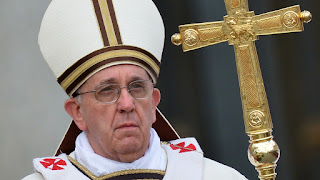
























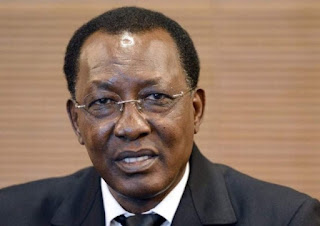









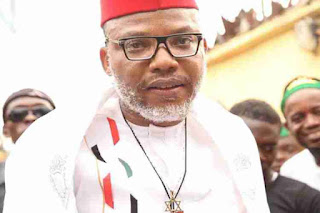



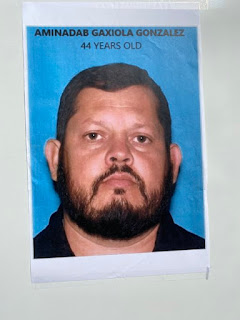











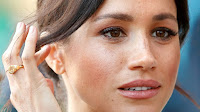

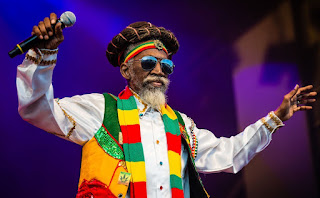





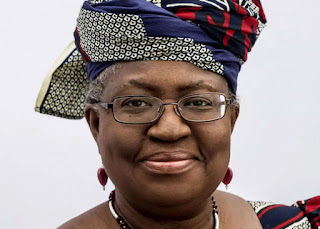











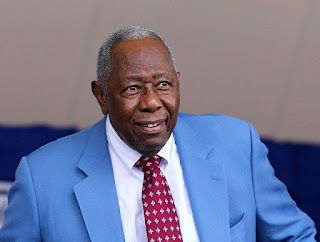






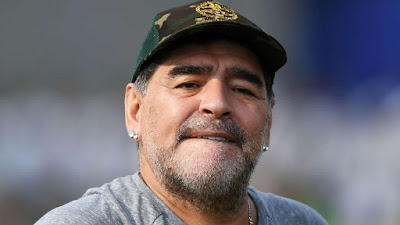



































































































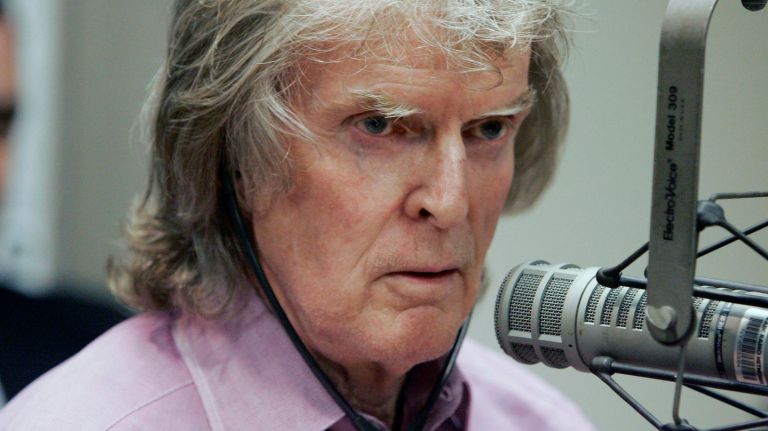


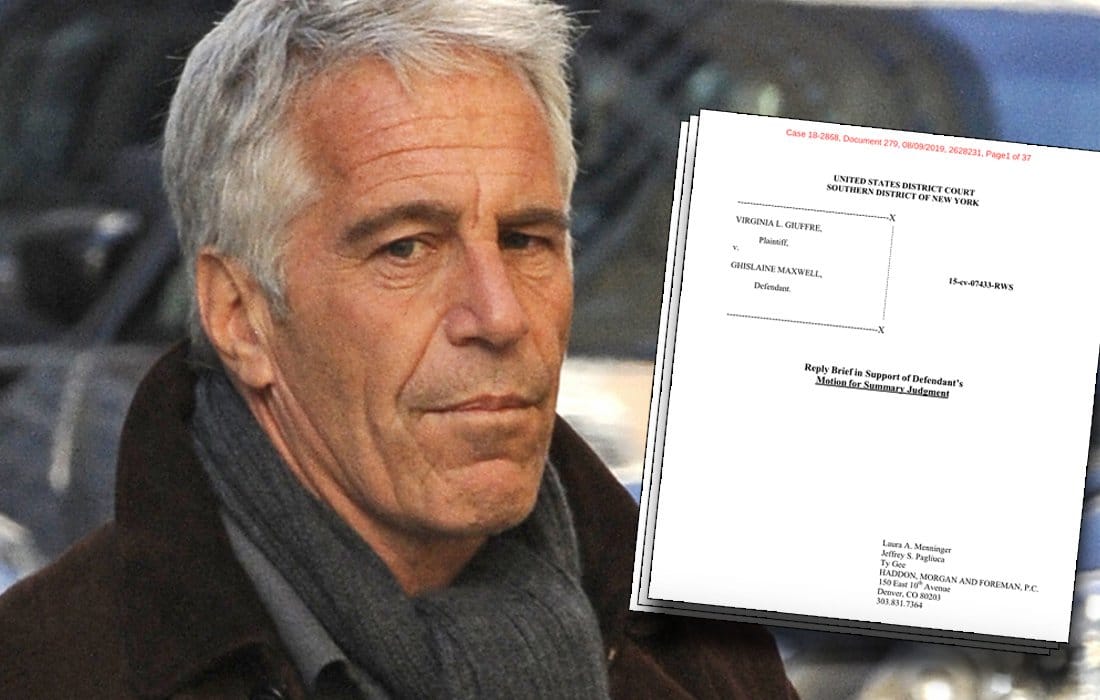

















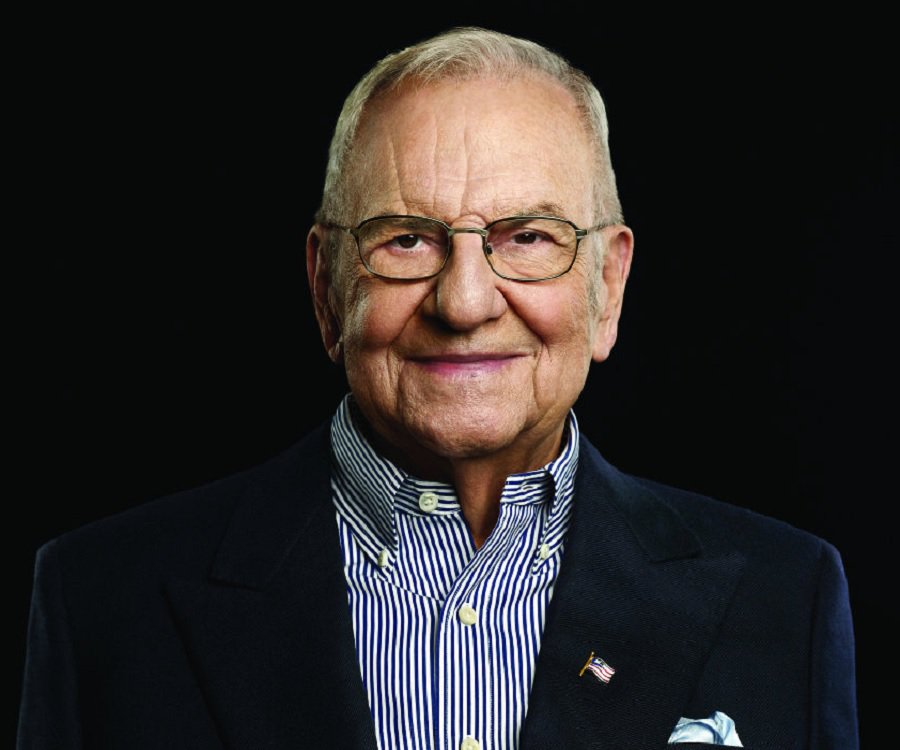









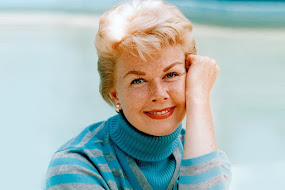
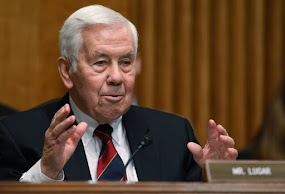

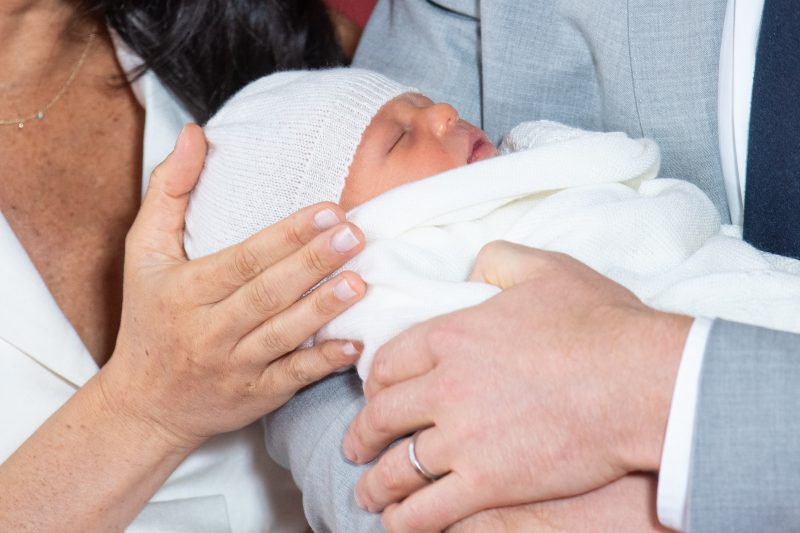

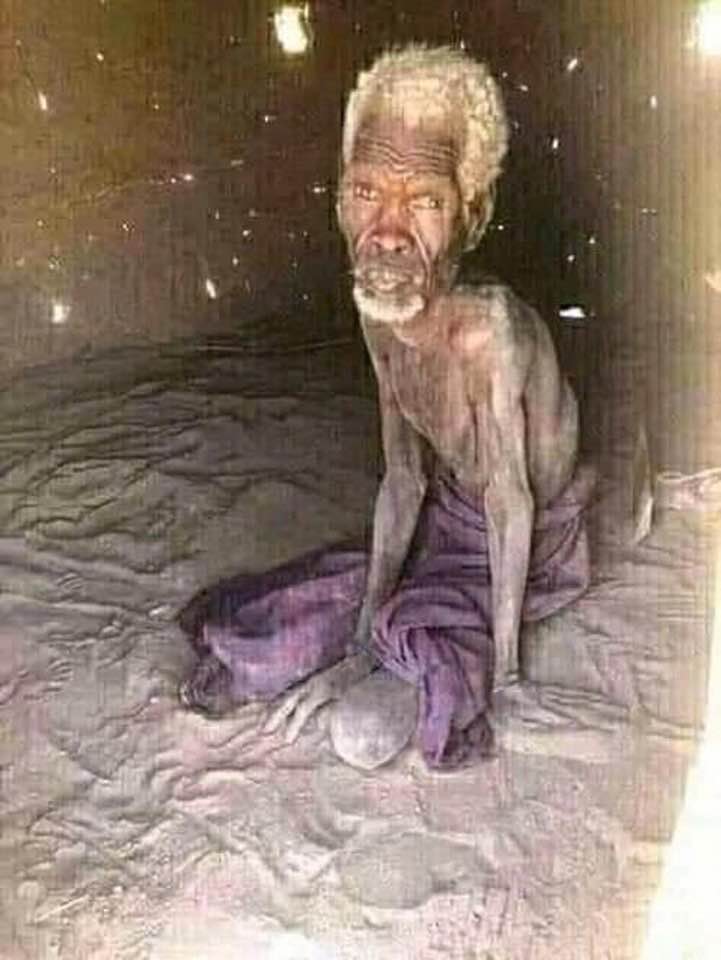
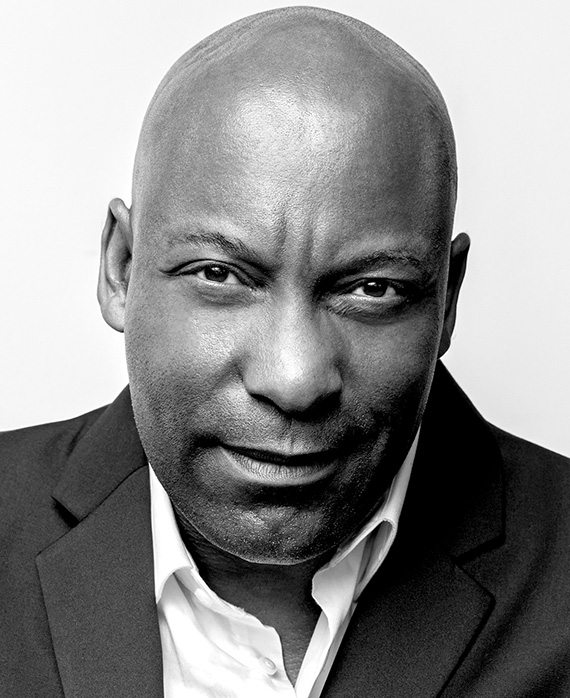
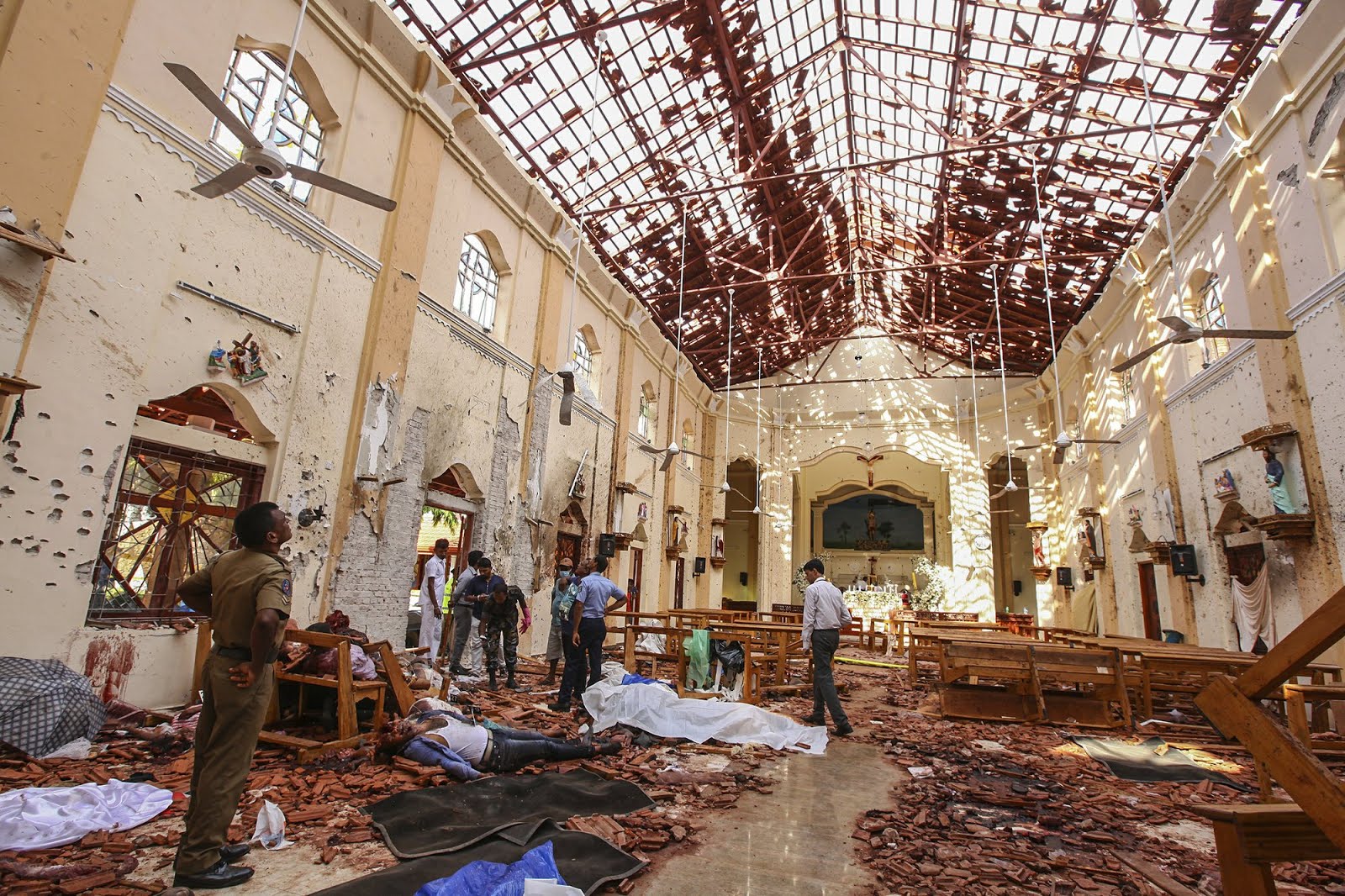























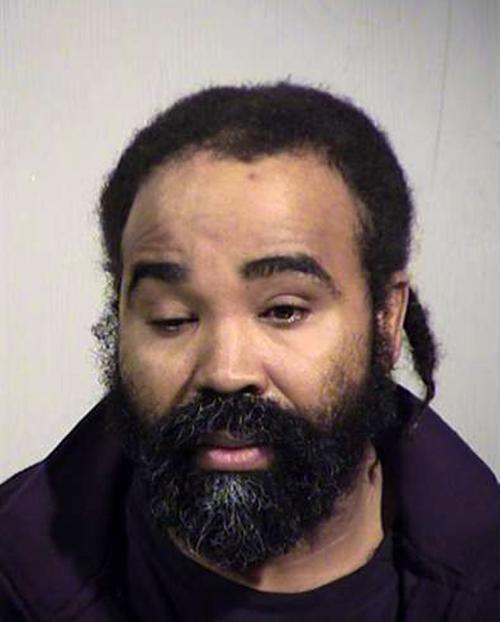




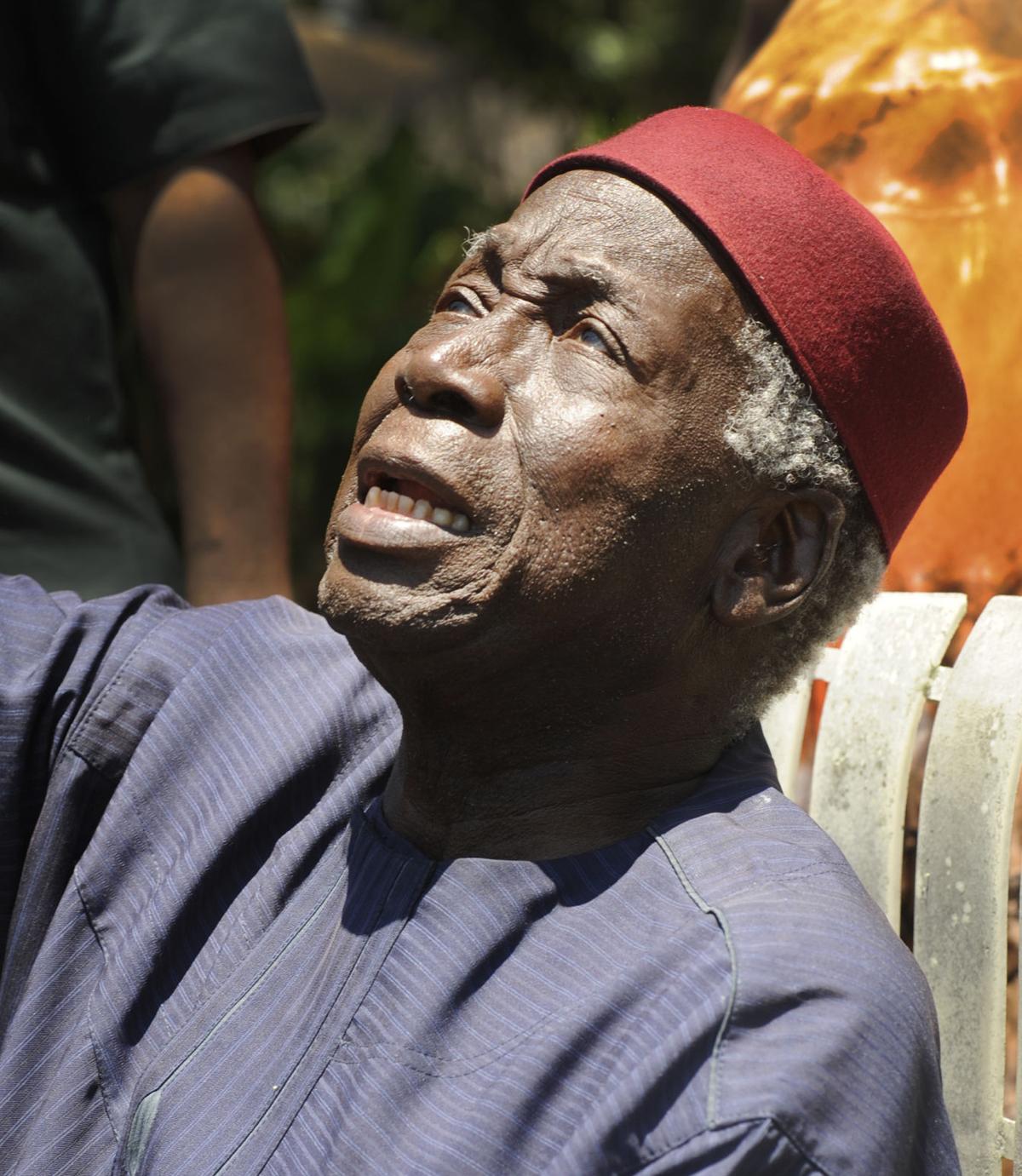

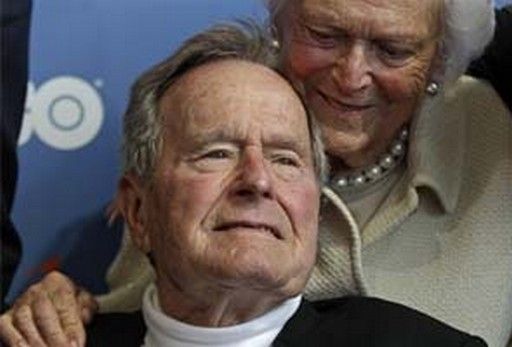
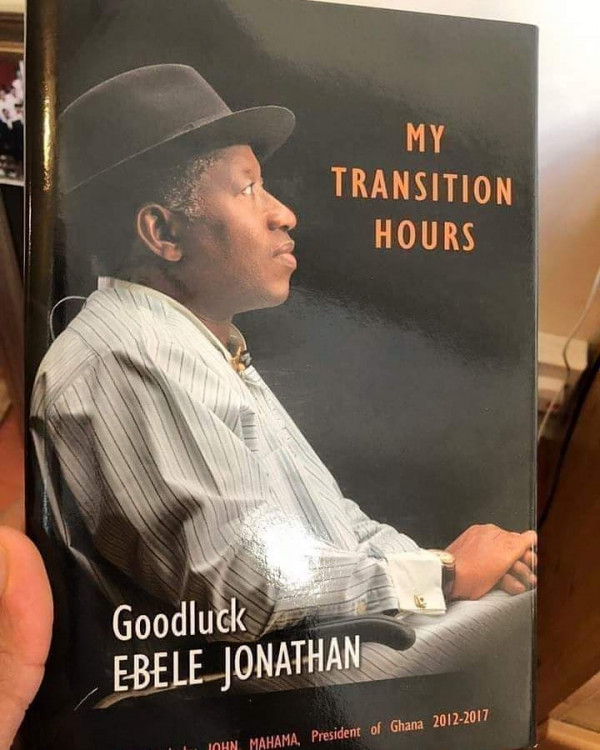





















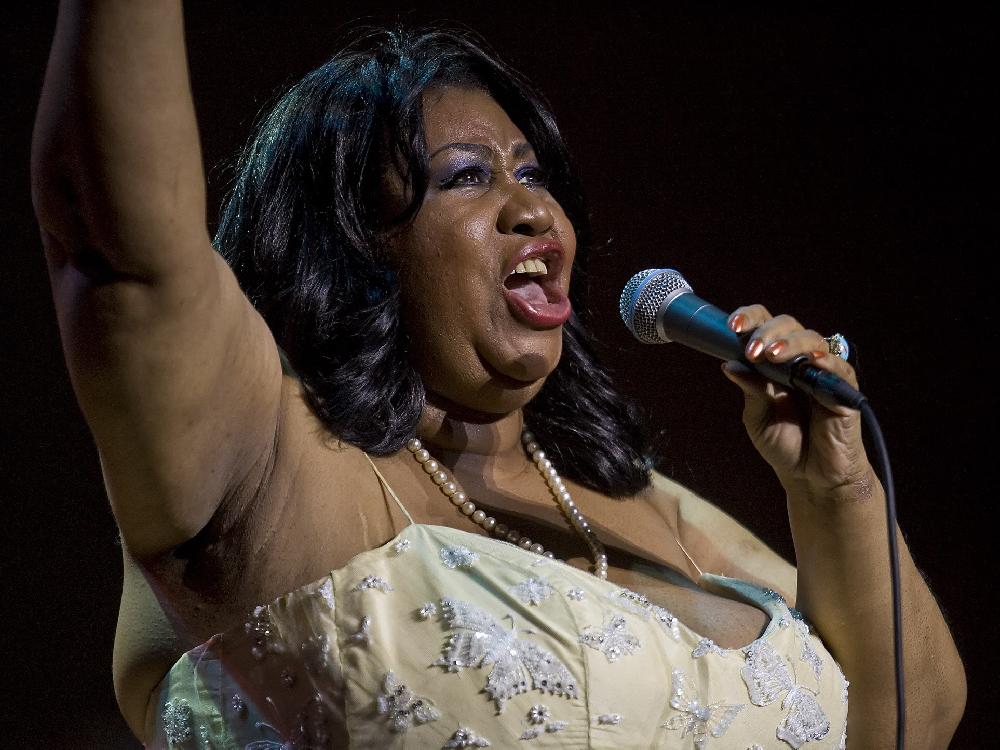
























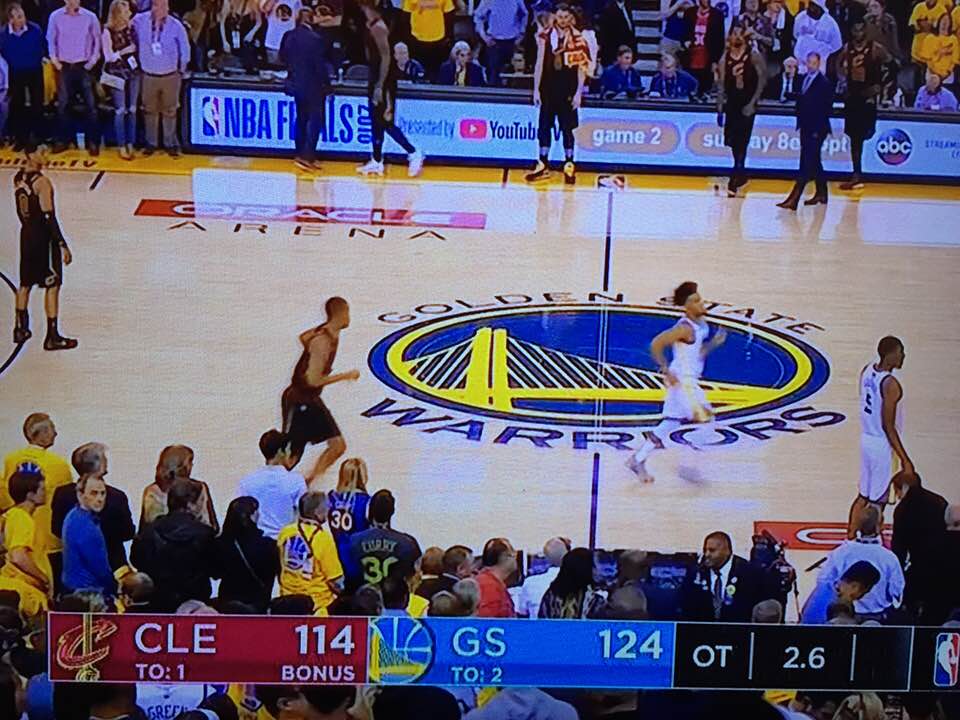





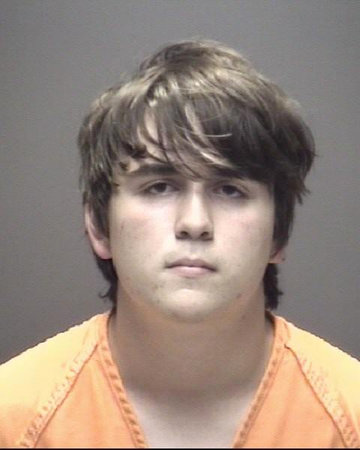



















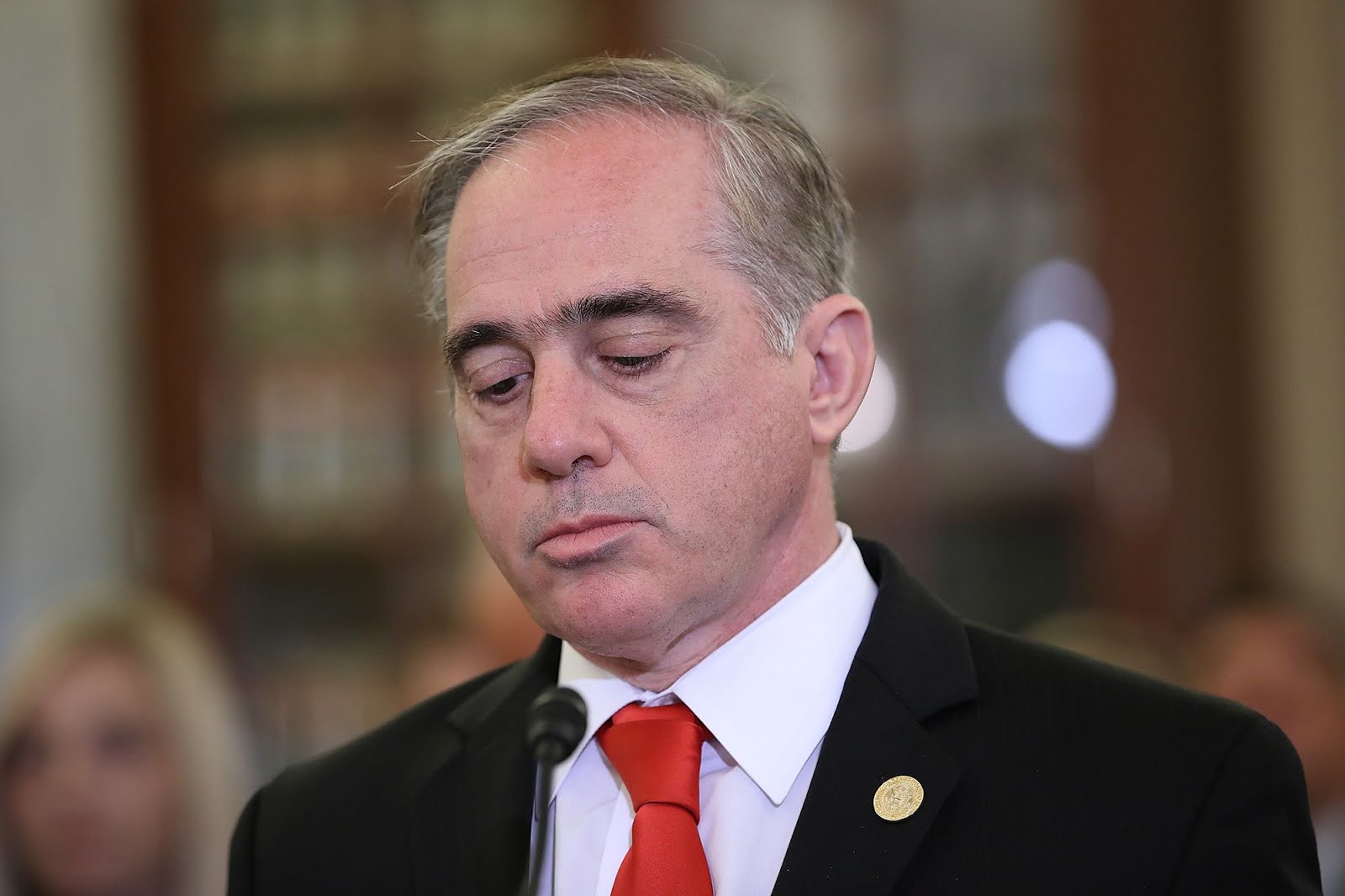





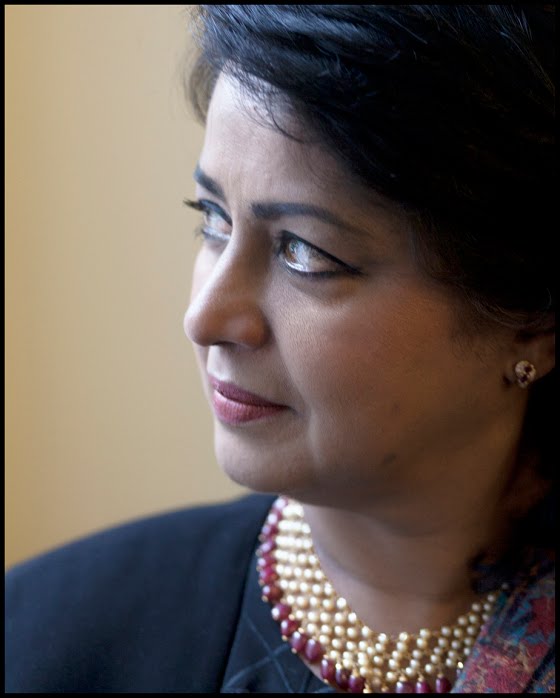
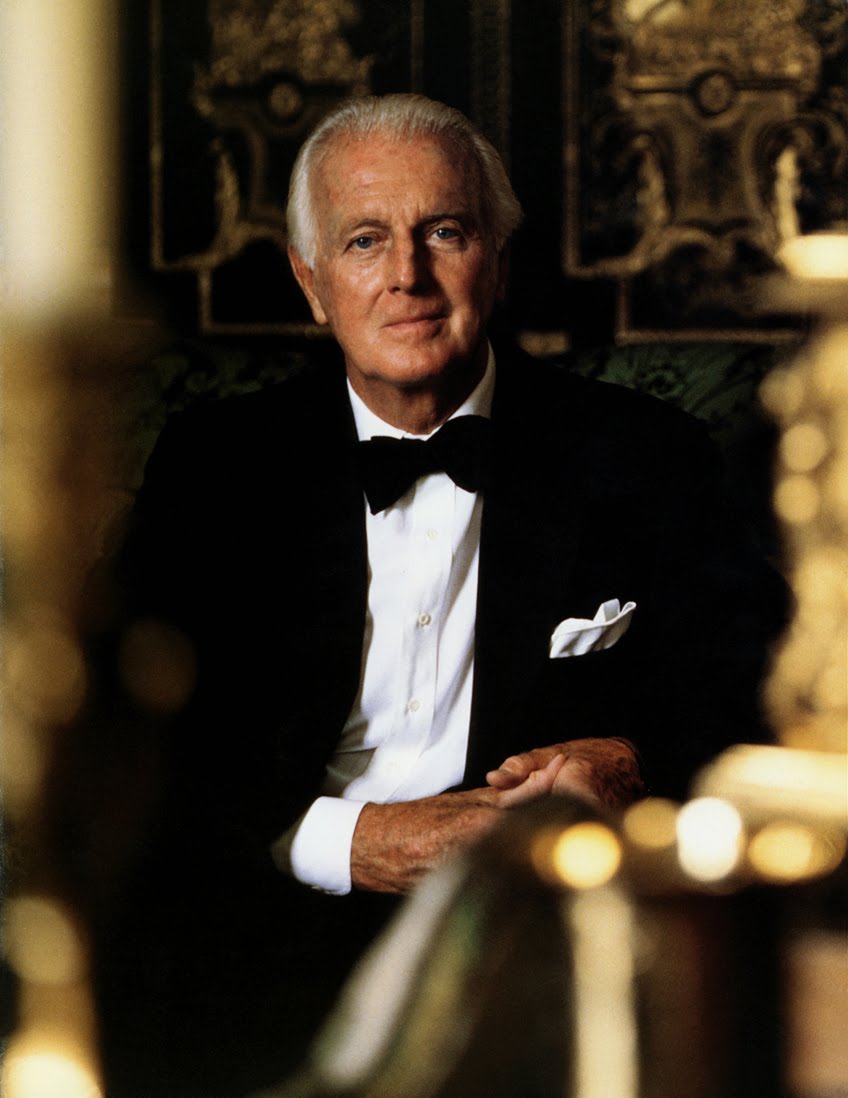




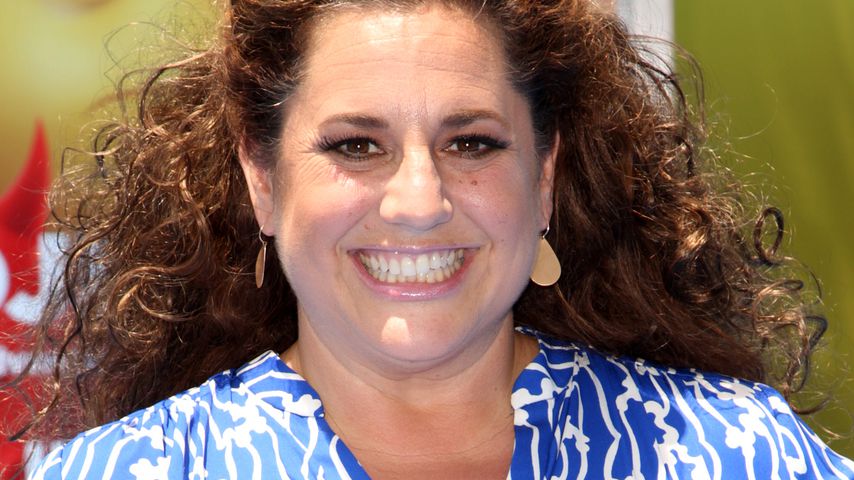





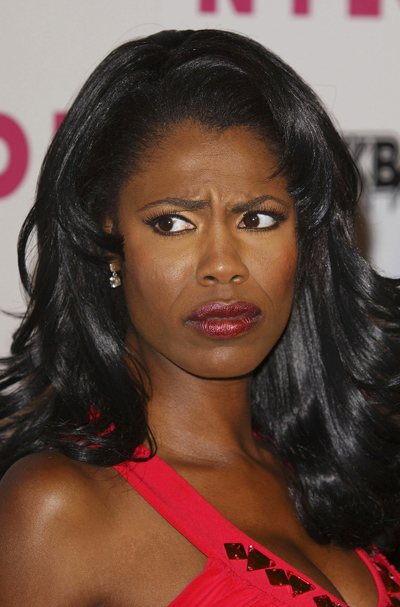

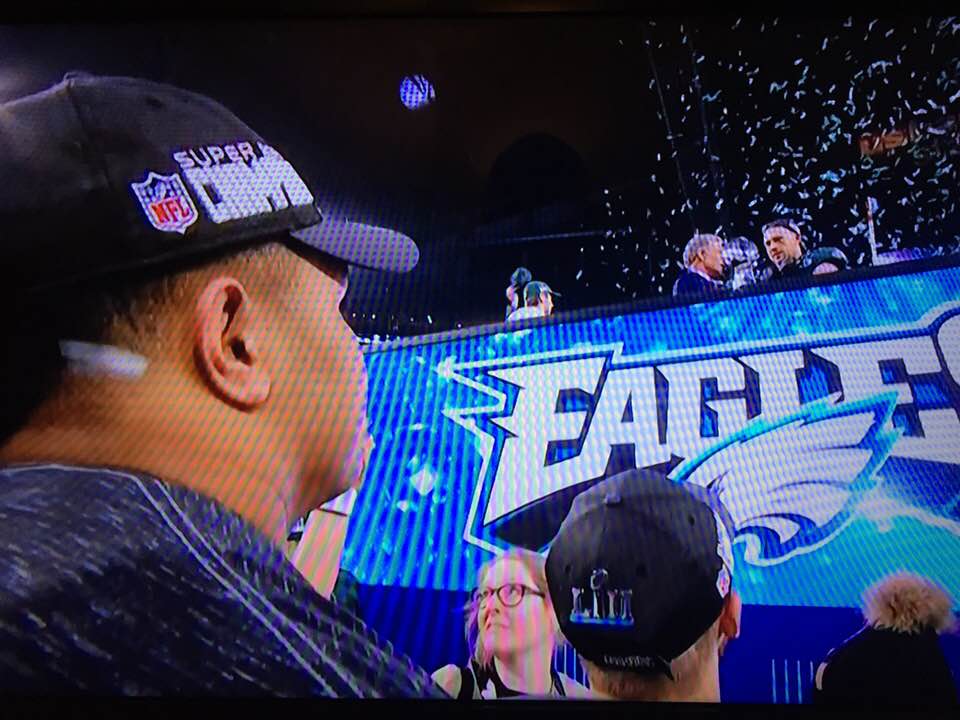


















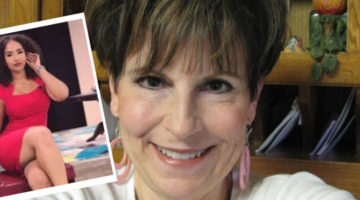












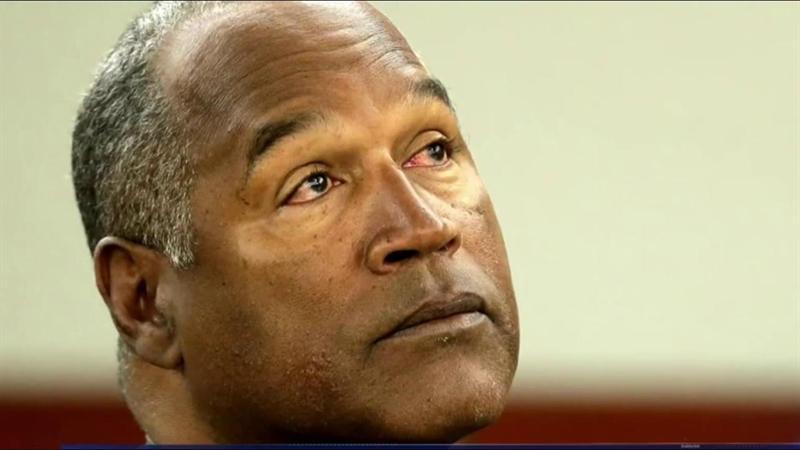


















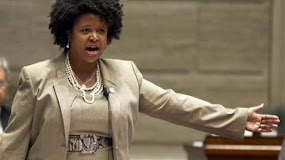



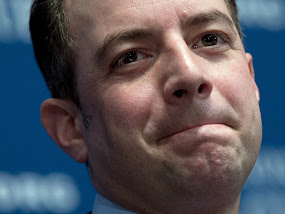








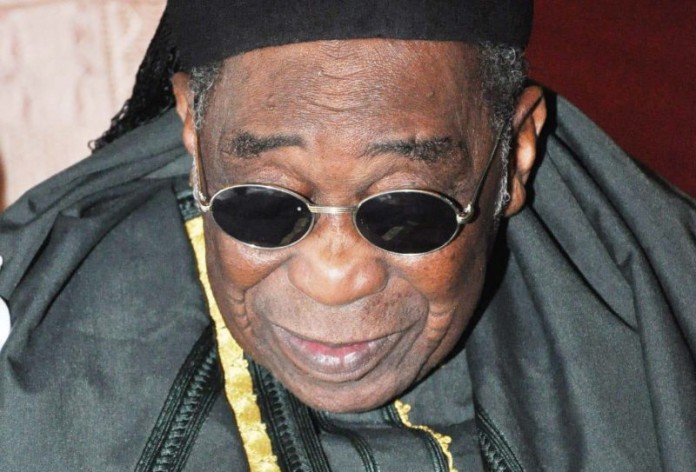


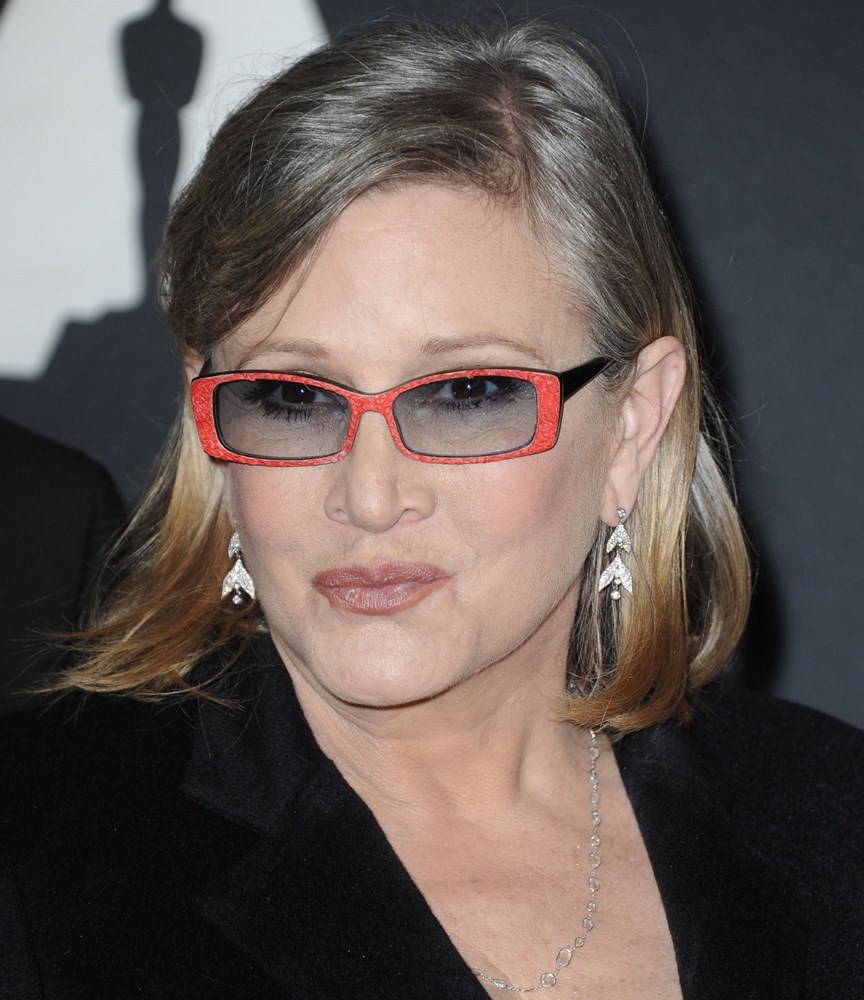























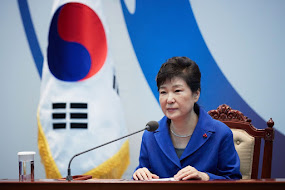














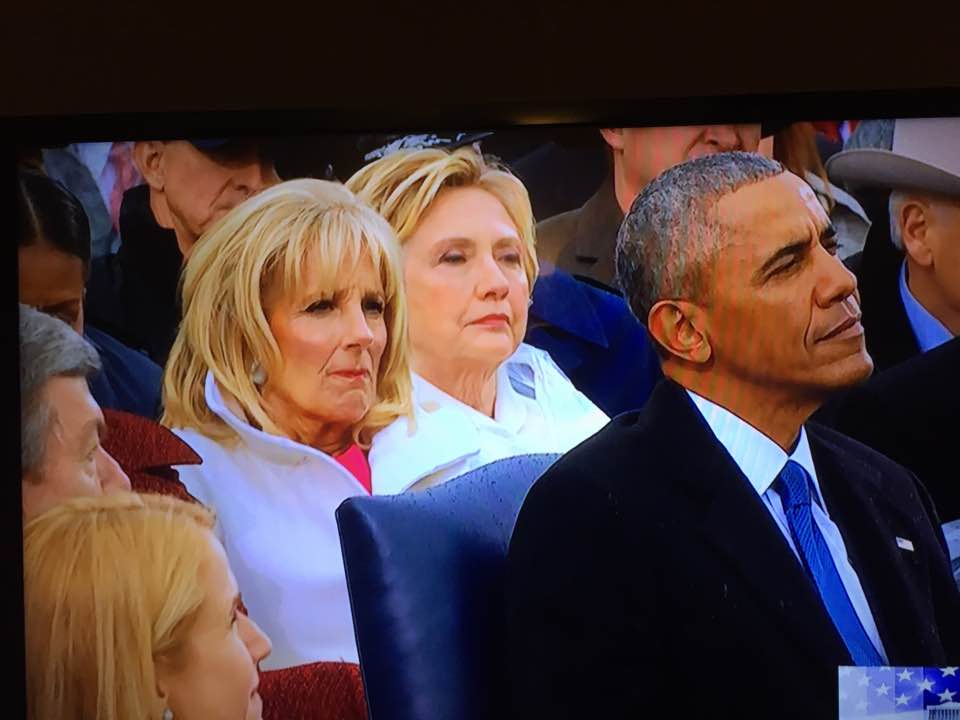















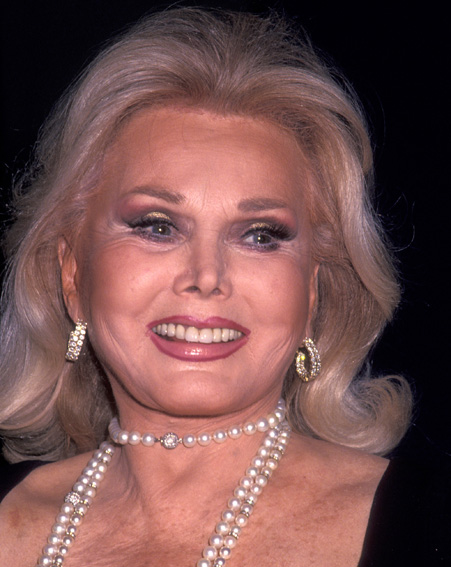
























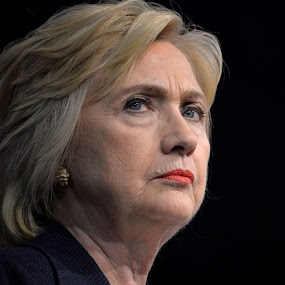


















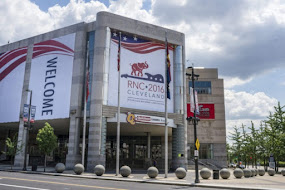




























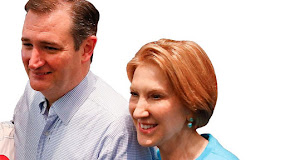

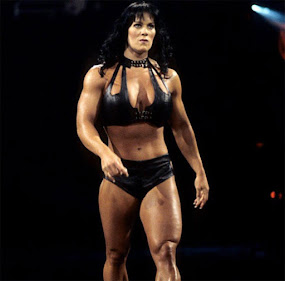
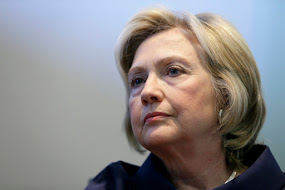

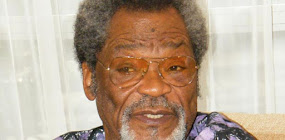




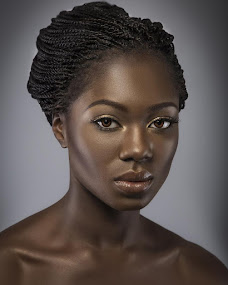






















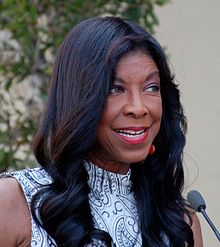








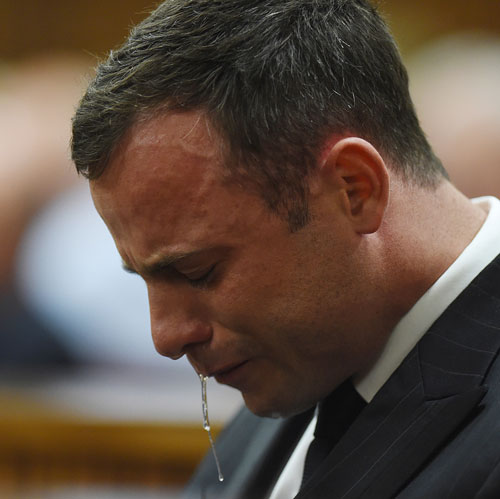







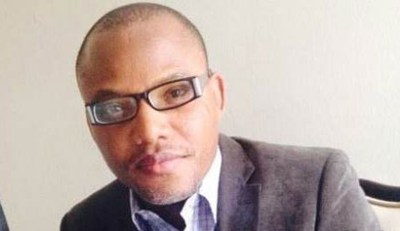
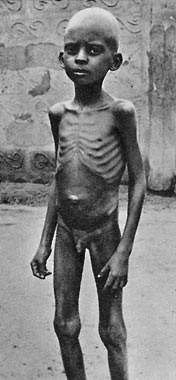







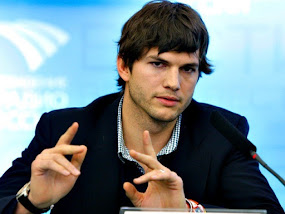


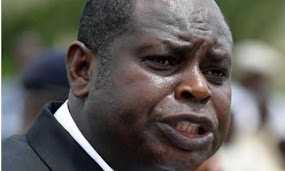
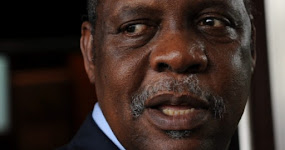











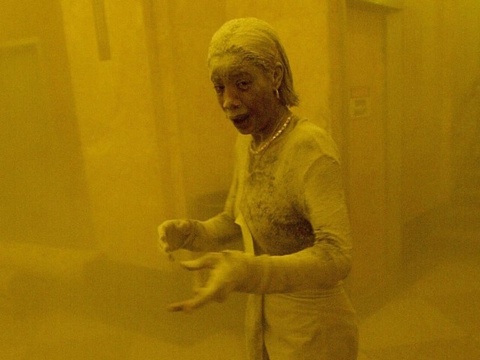
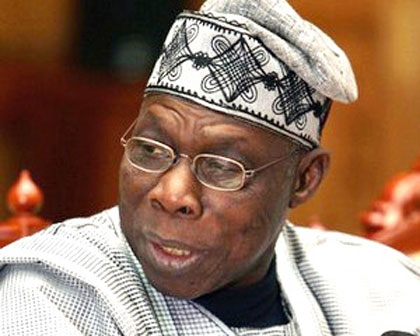


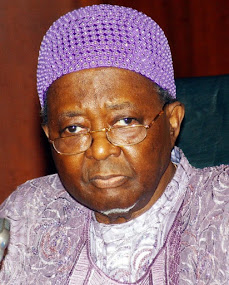









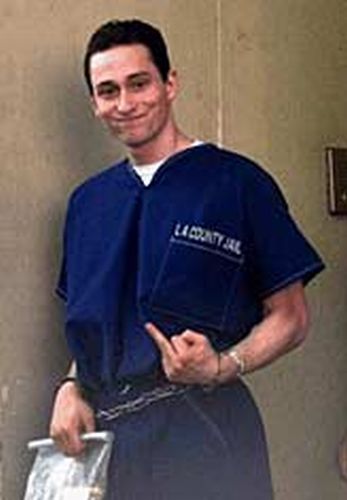






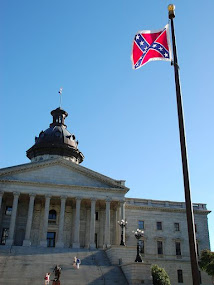


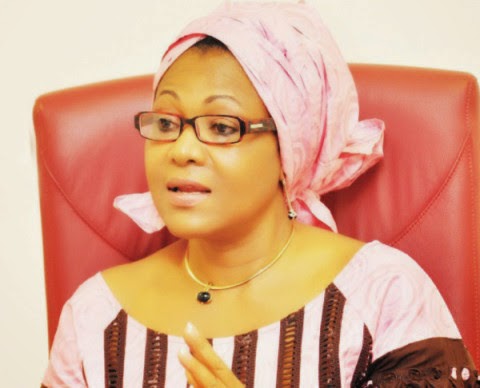







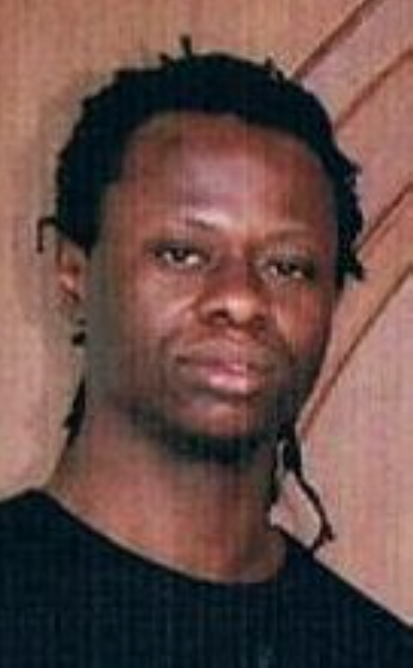





















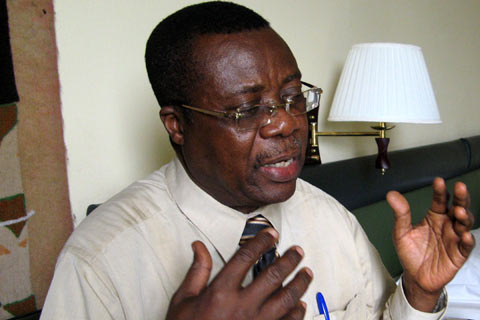

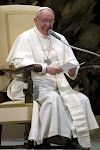









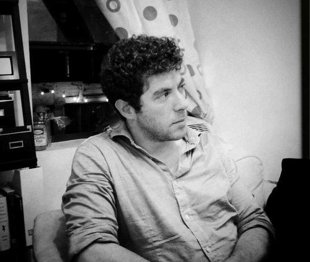
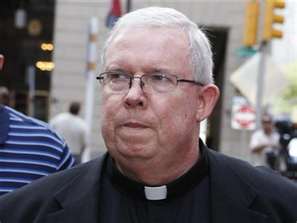



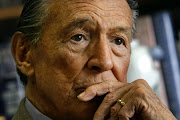

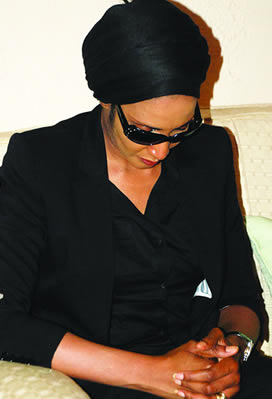



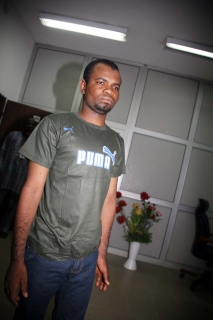
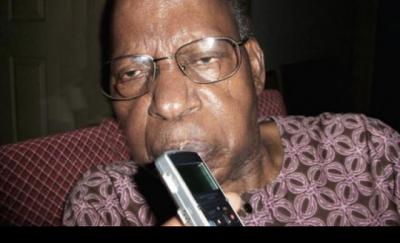
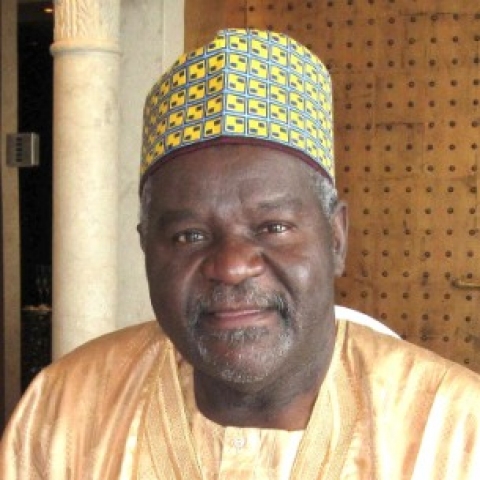
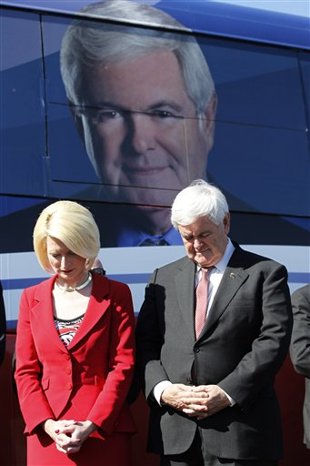







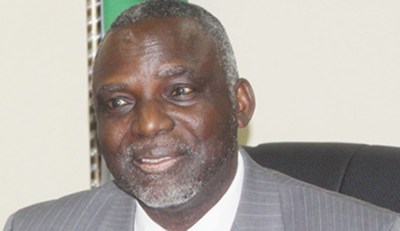


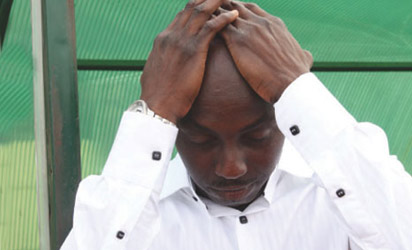
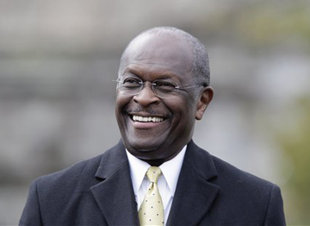





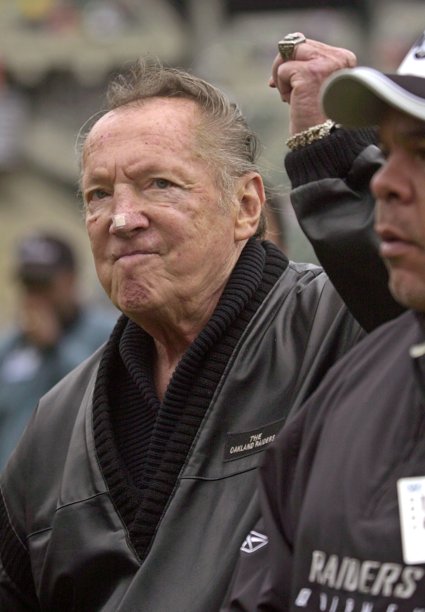

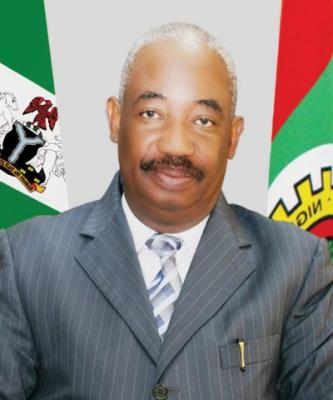



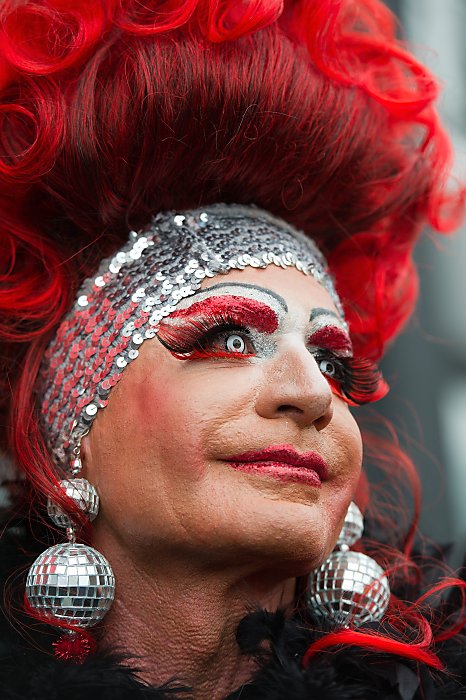


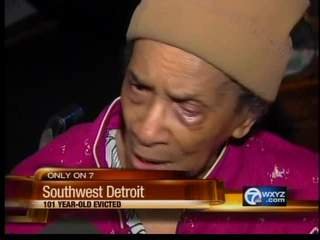



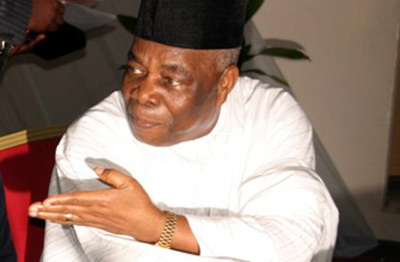


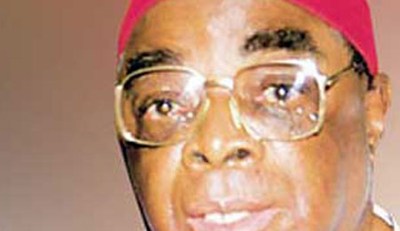



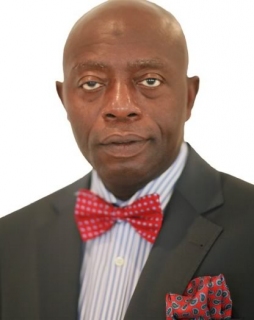
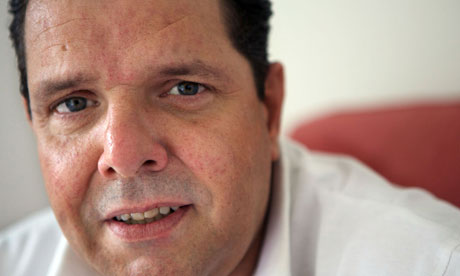
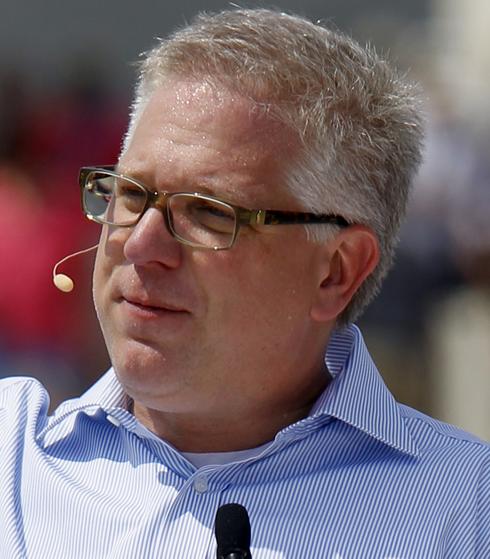




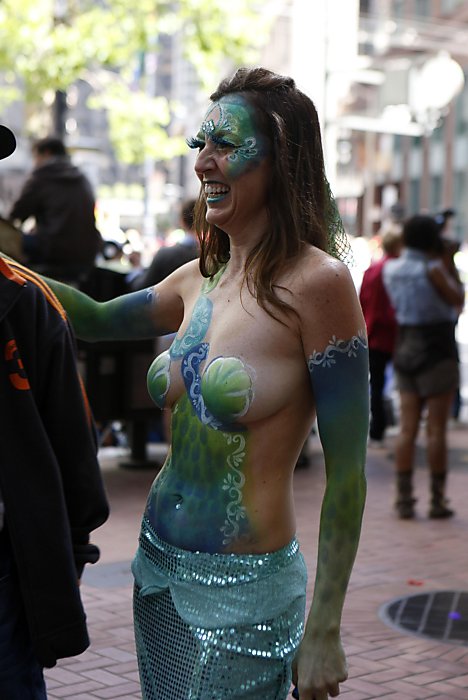





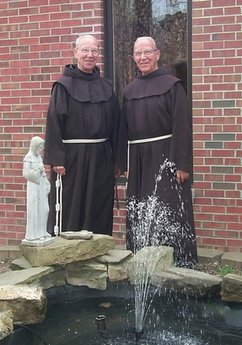
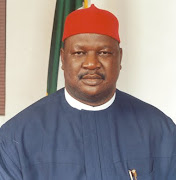
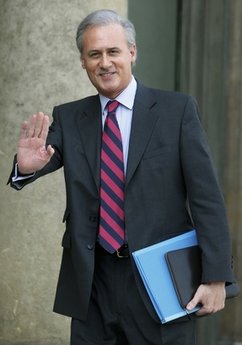




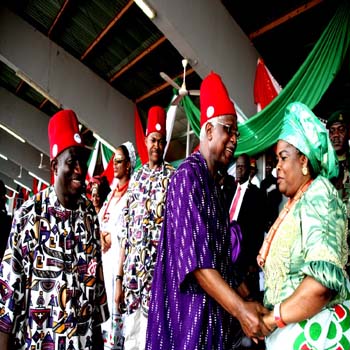

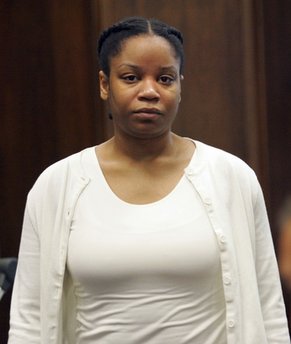


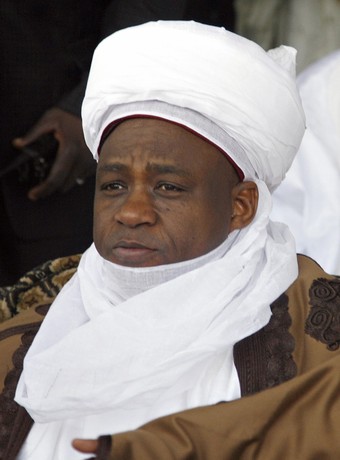



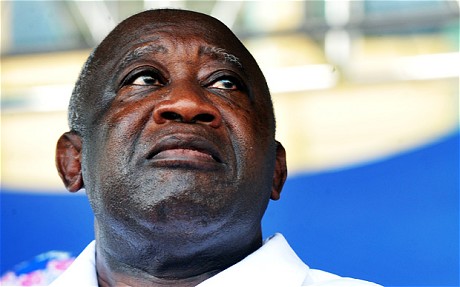




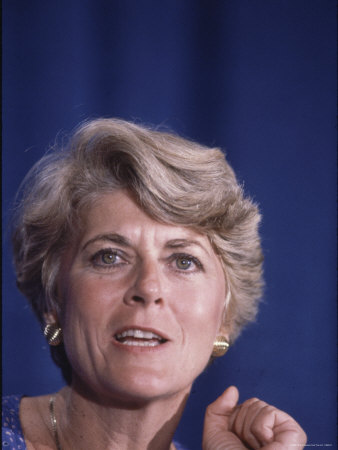
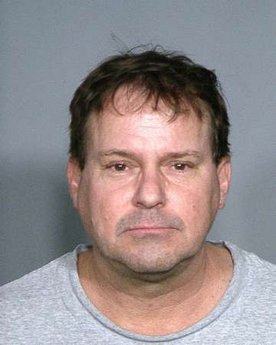





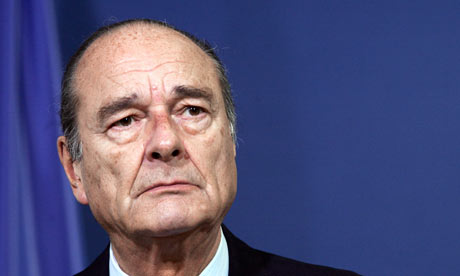







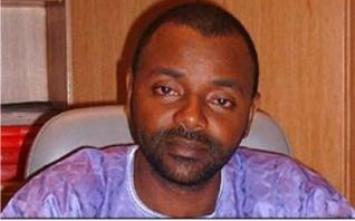


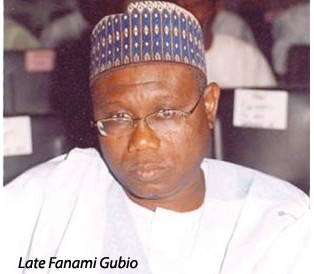




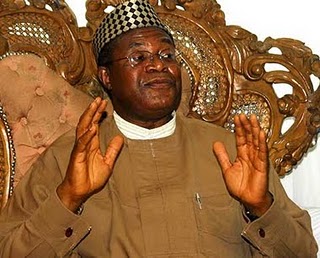









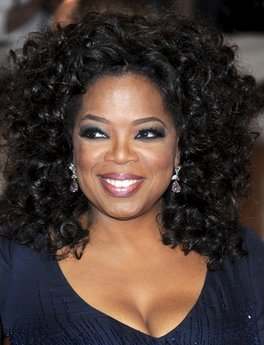
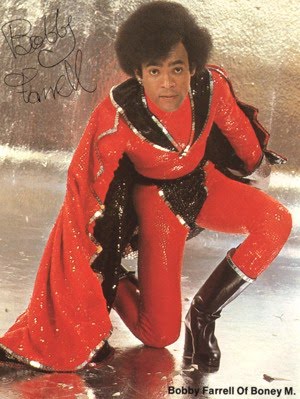

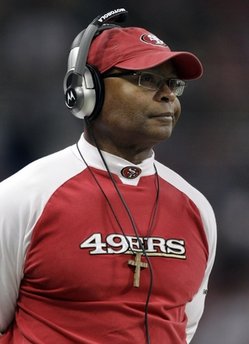
























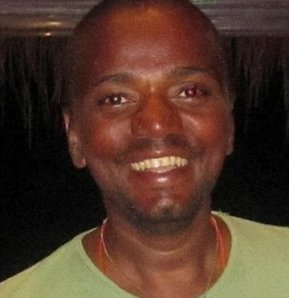
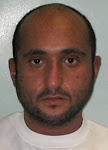




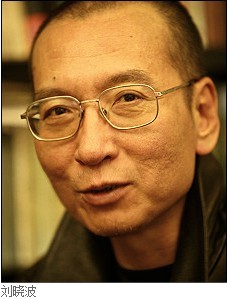
.jpg)
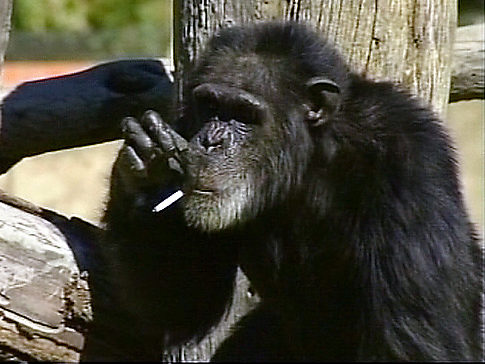

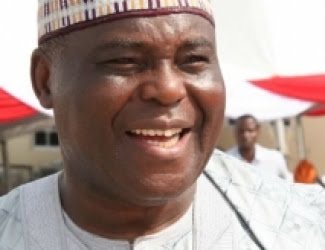



















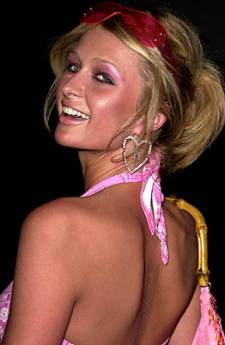



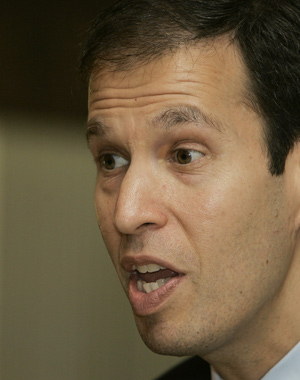

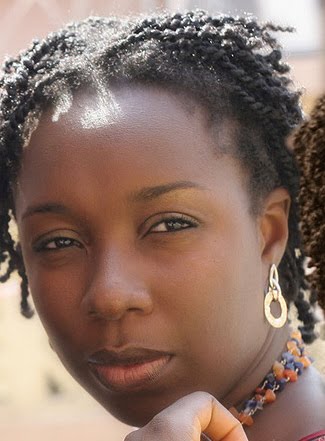











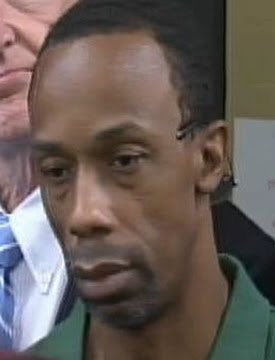



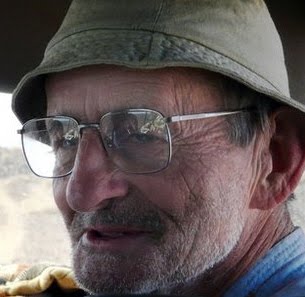


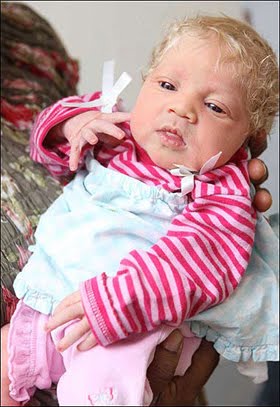


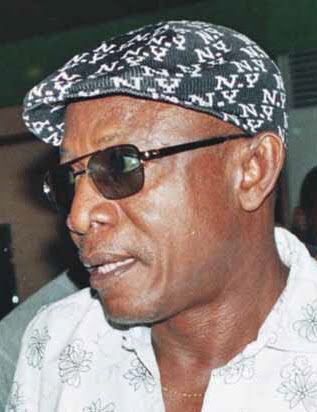






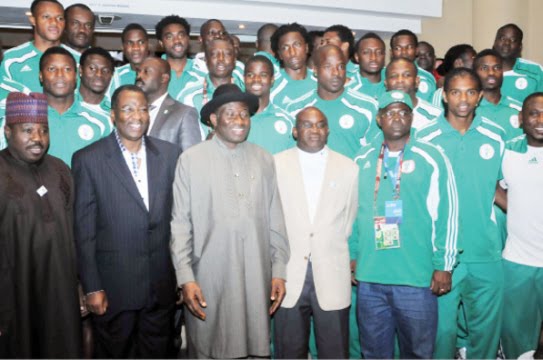






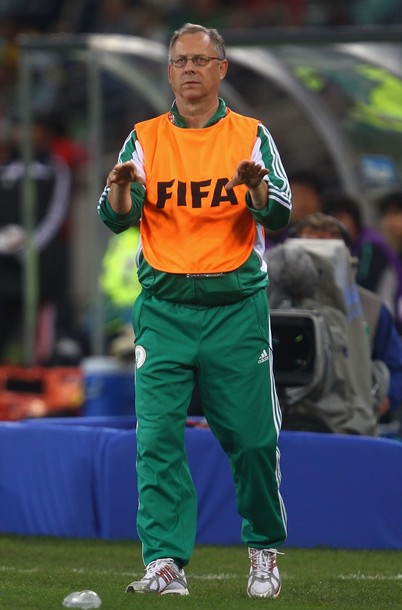







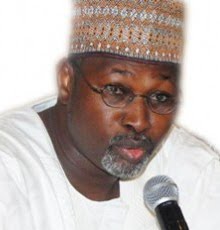





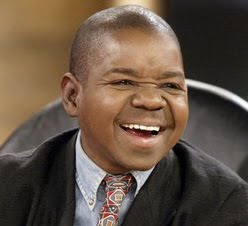










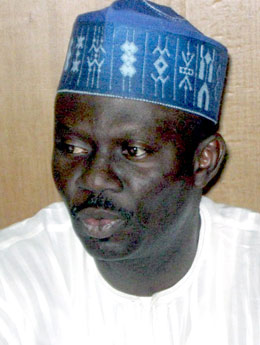
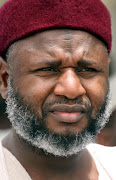

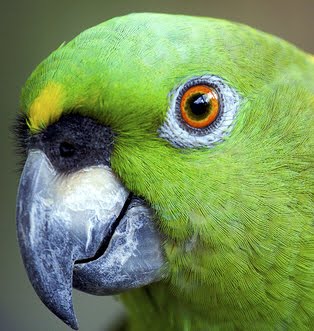
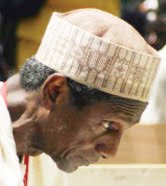
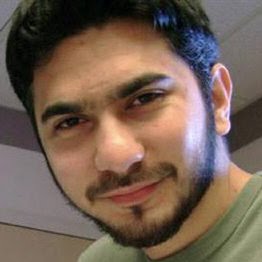
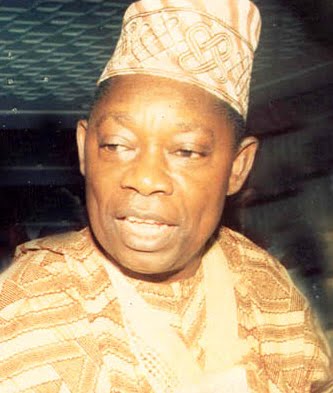

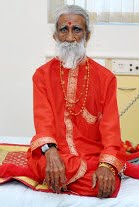



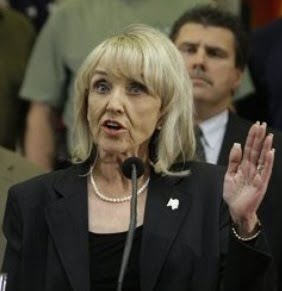
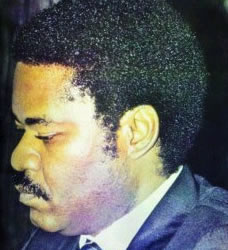
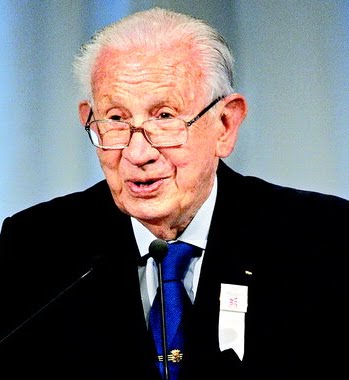
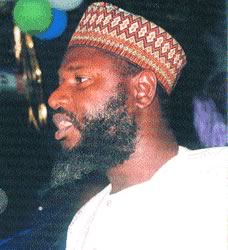



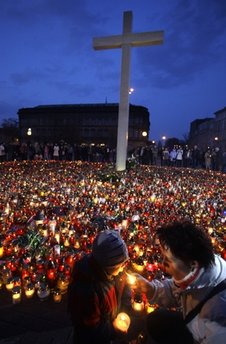


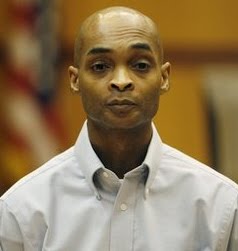


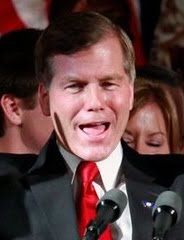

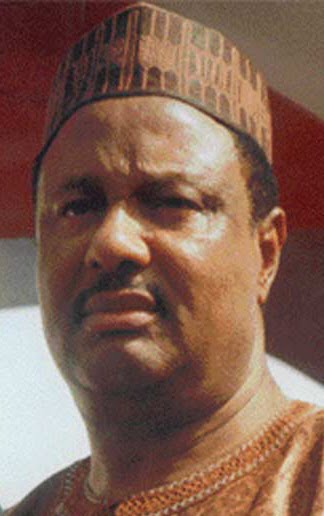
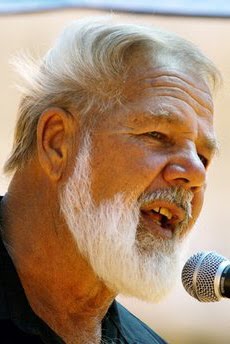




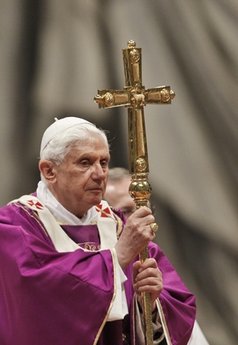
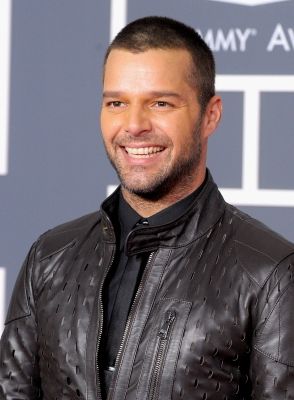

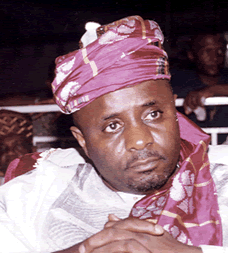
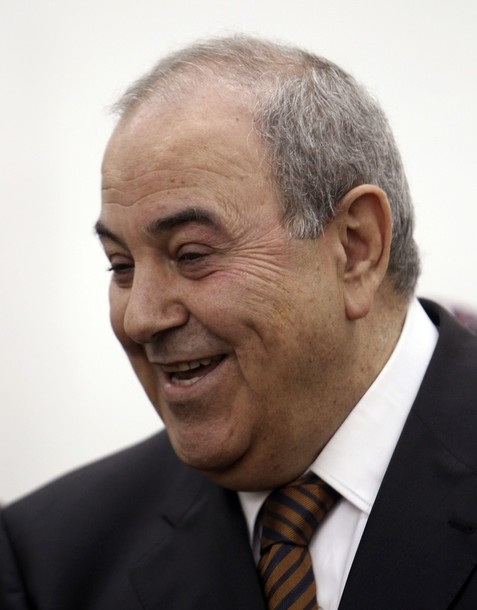
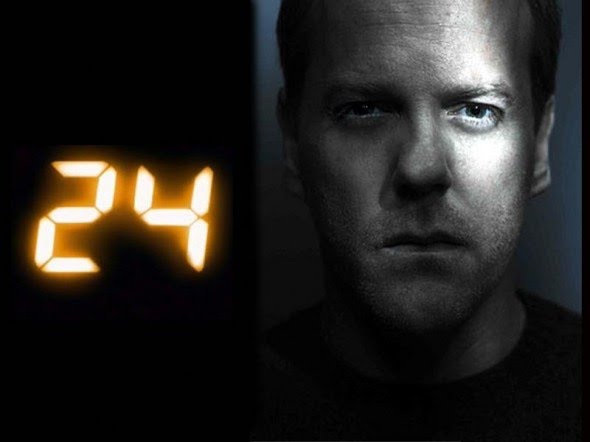




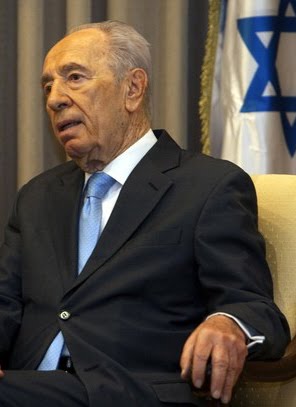




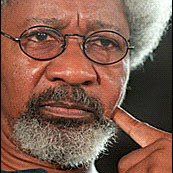


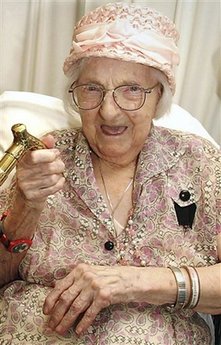
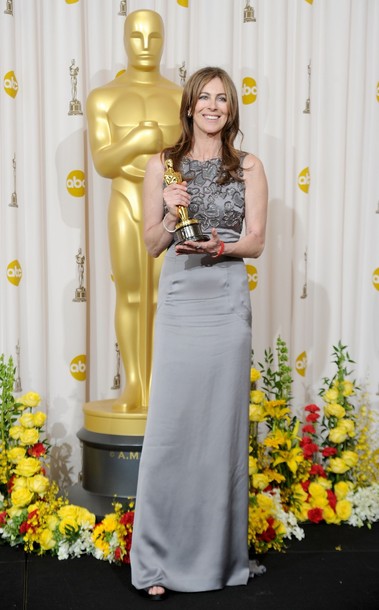
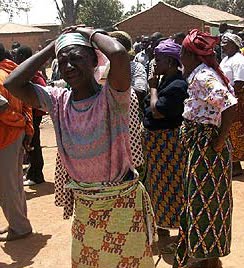

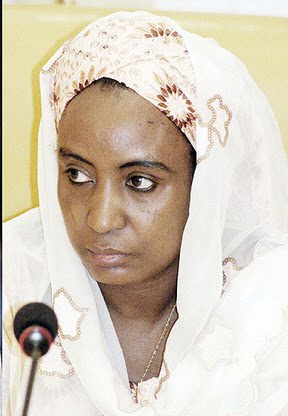
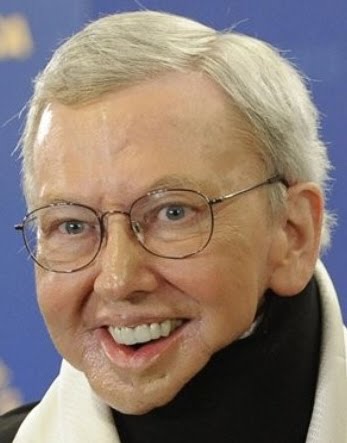
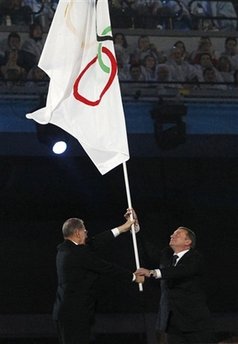
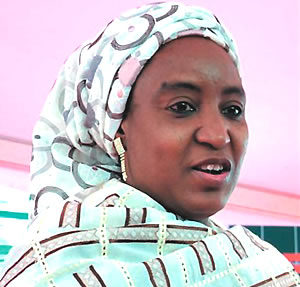




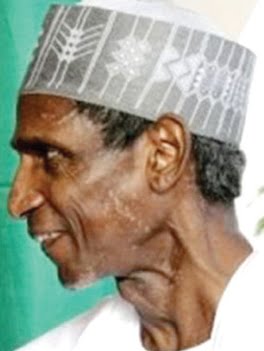


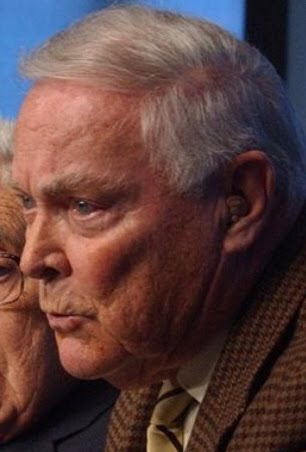
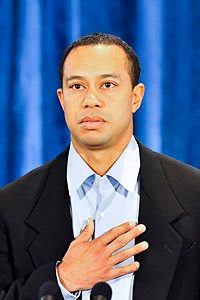

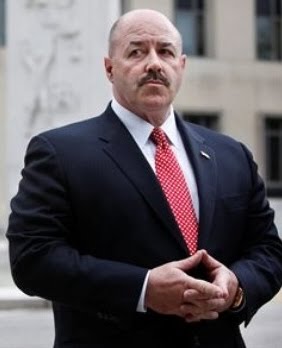

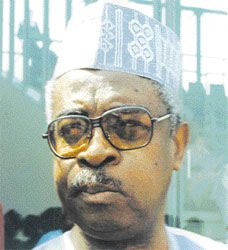



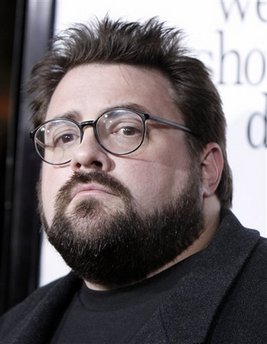





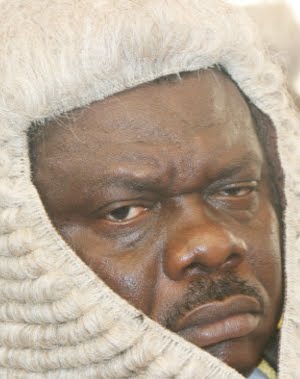

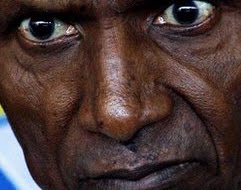










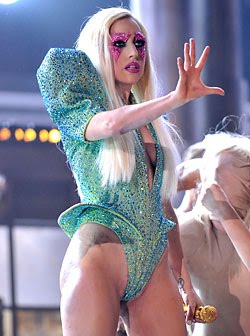





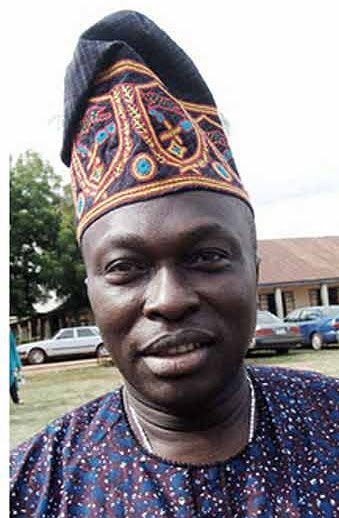

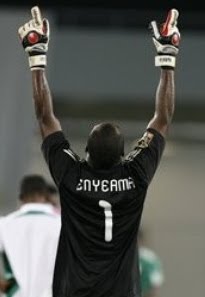


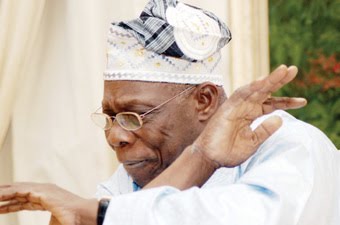
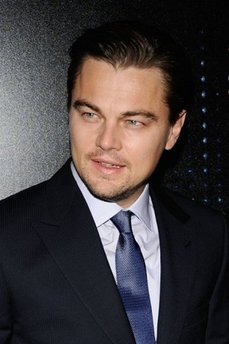






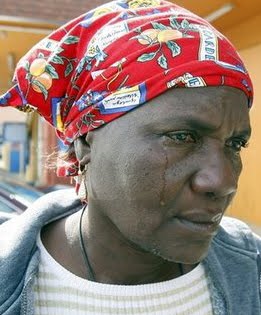
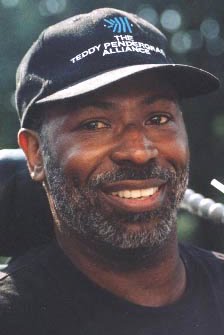

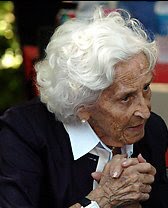





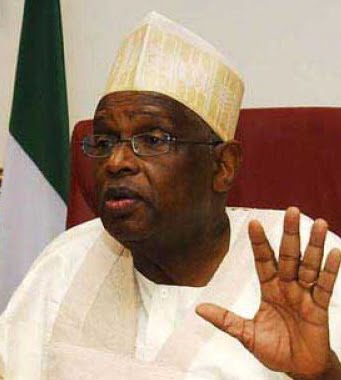
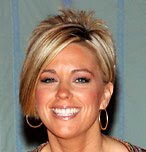
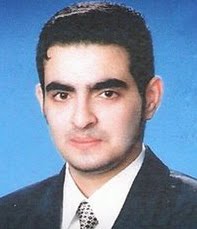



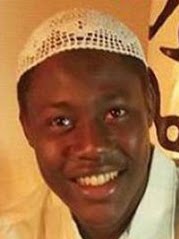

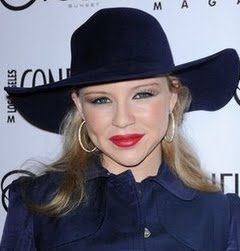


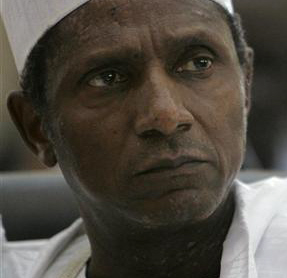


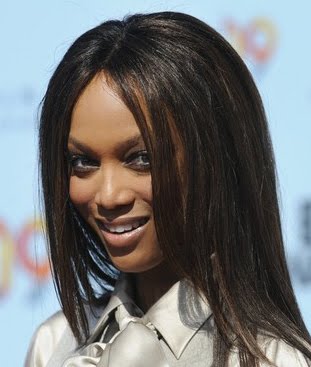
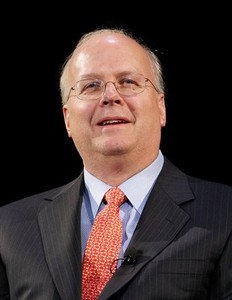


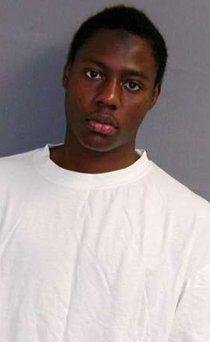


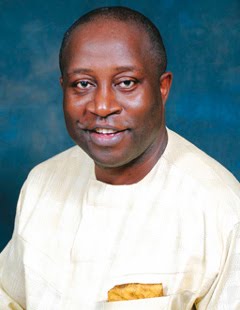
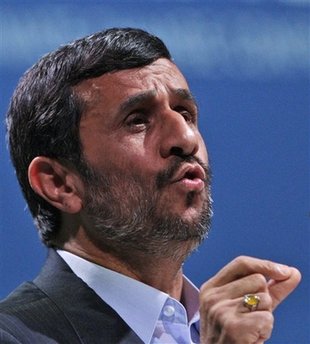














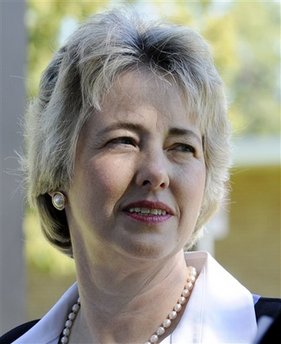

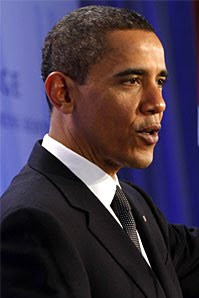


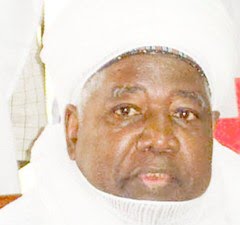





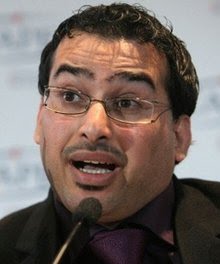

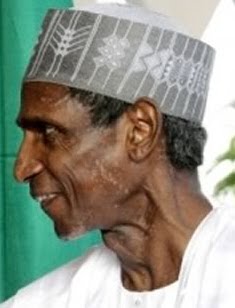

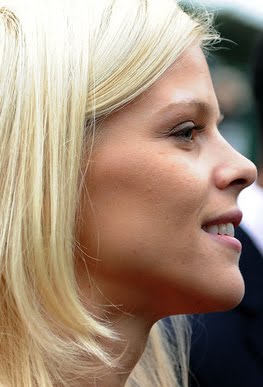




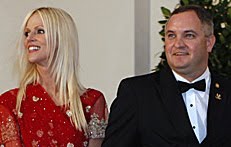


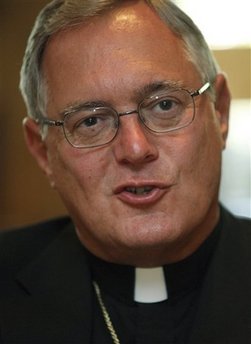
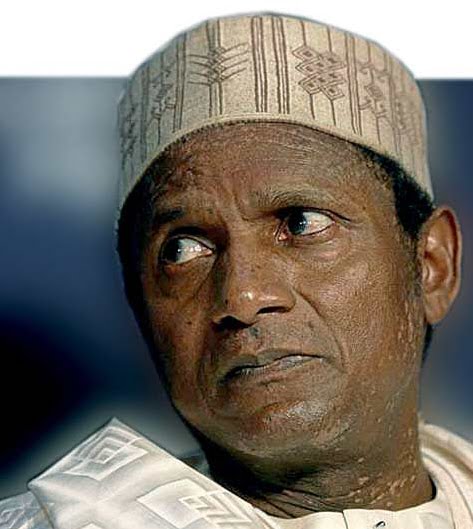
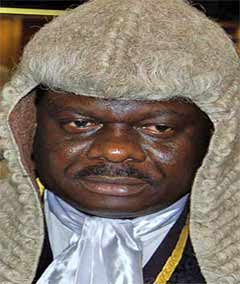

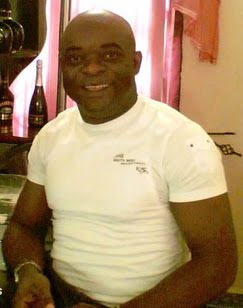

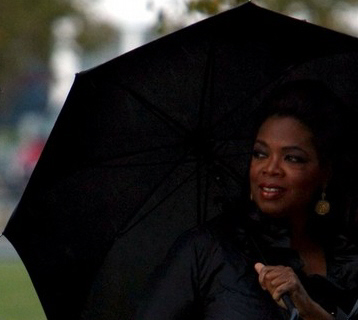


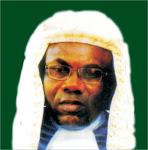
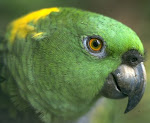
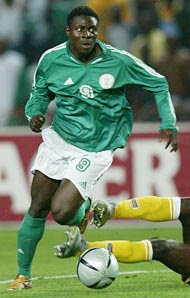

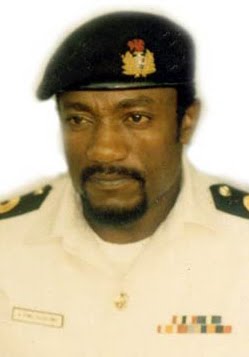

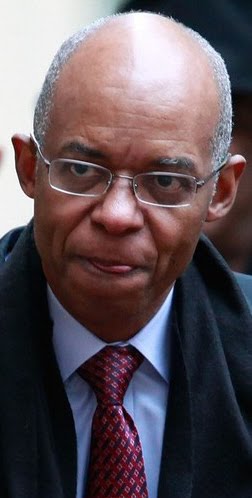




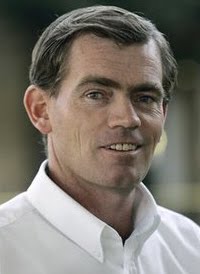
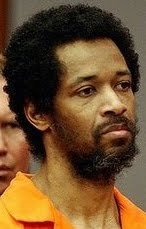

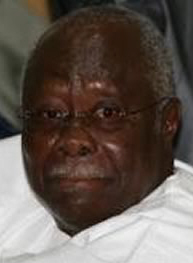


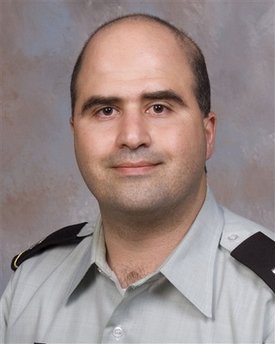
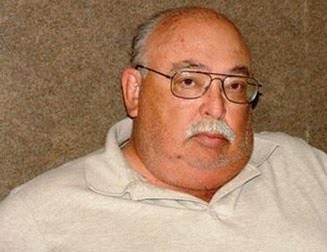
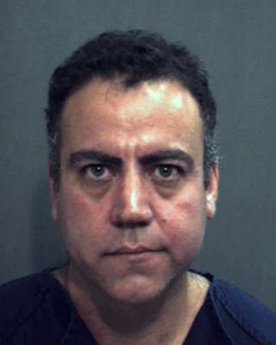



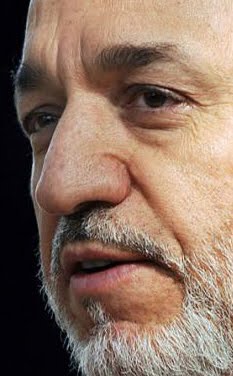
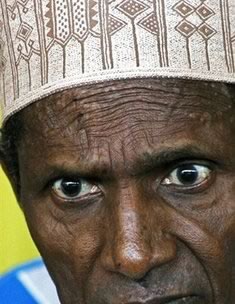
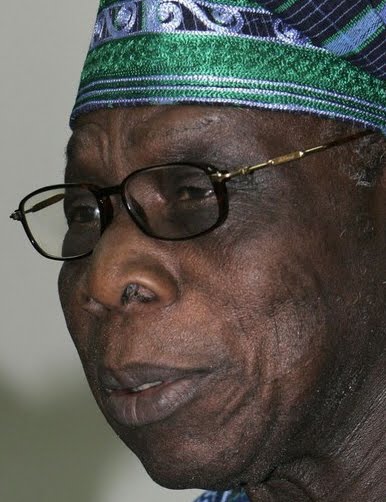

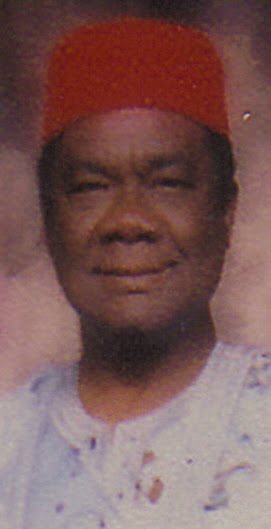
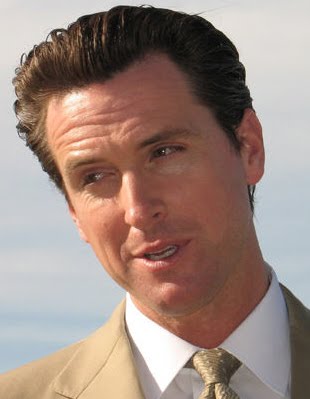
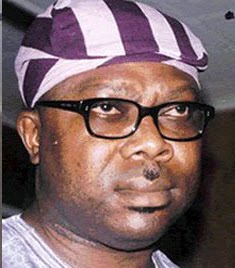



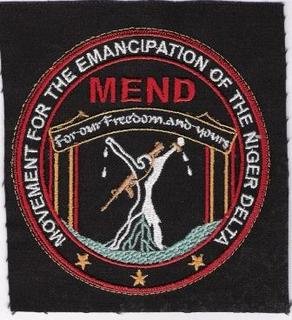
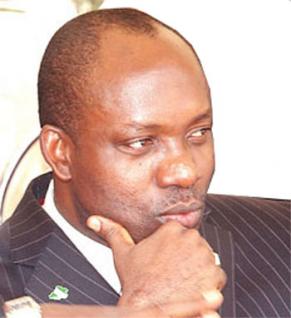
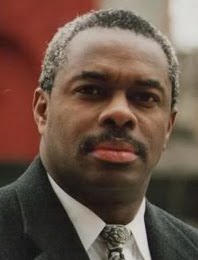


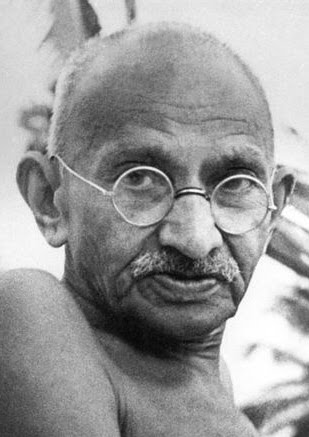



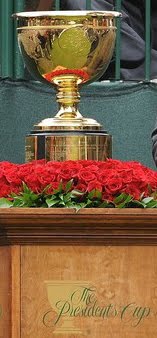
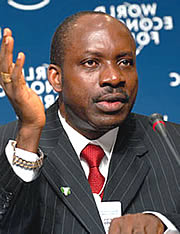

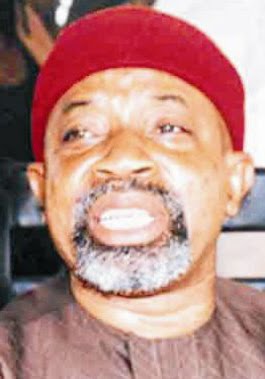
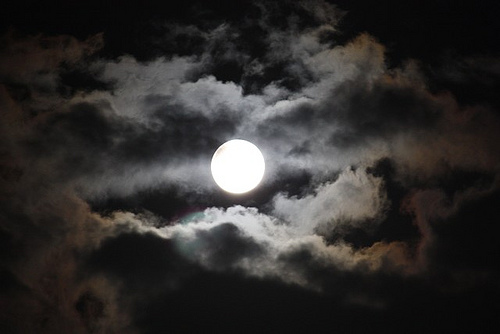
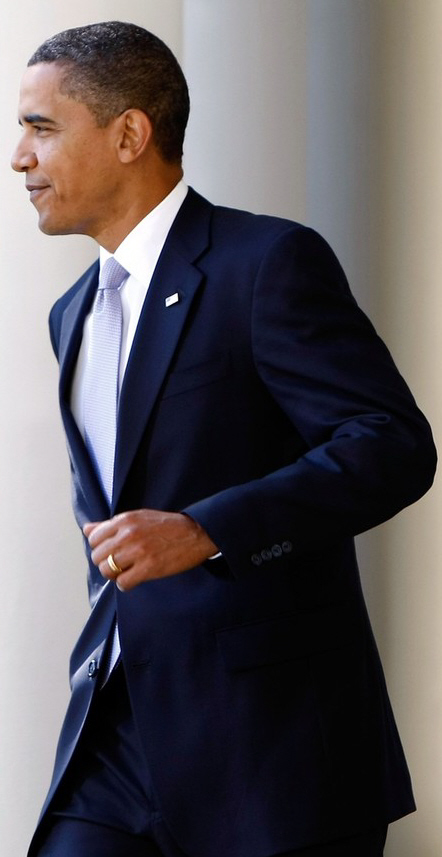

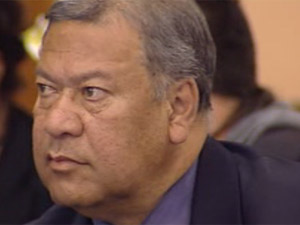
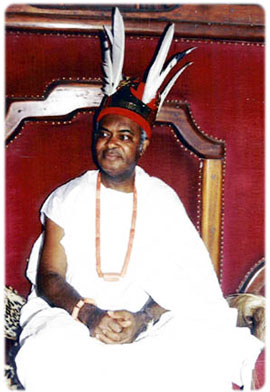




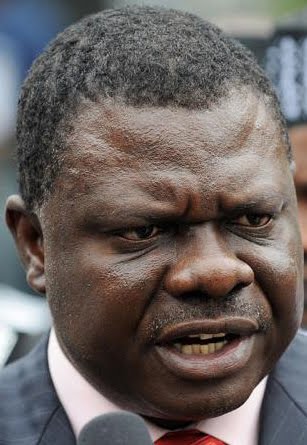
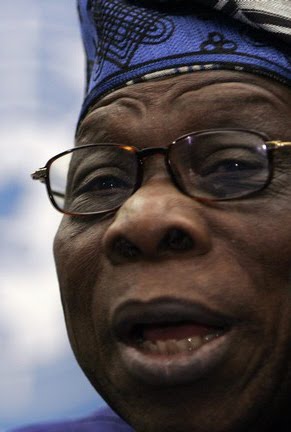
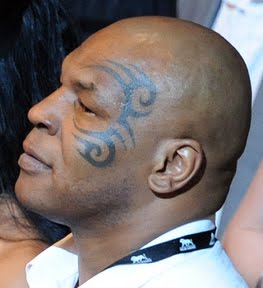






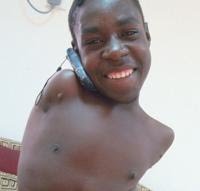
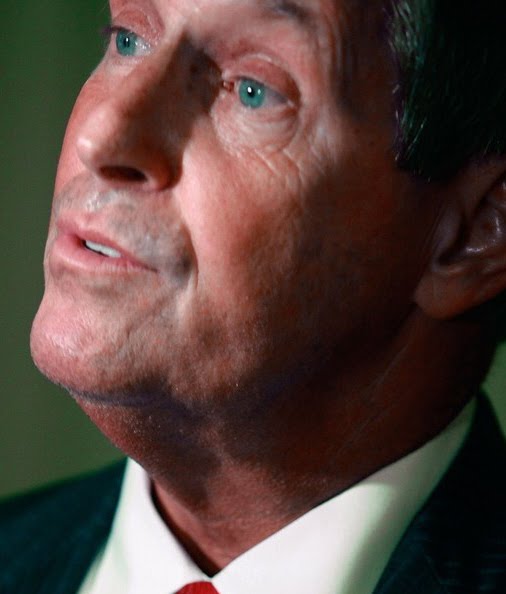




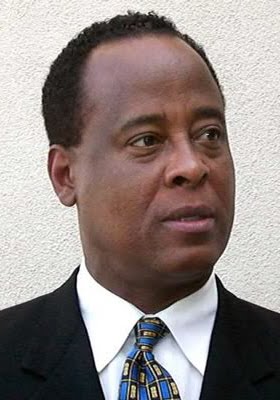

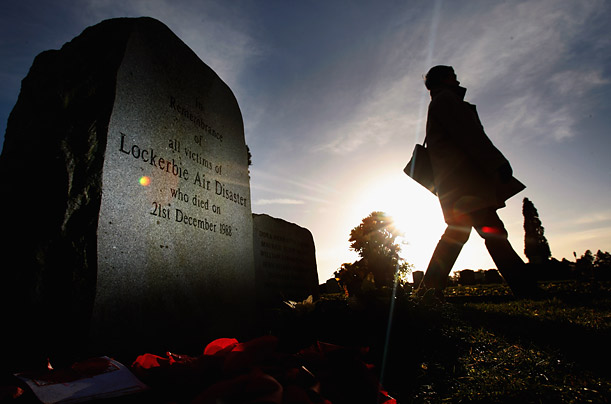
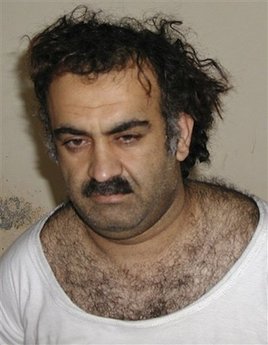


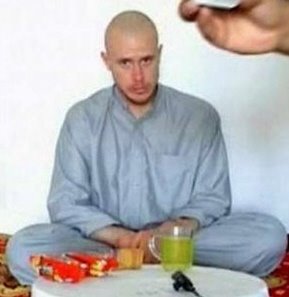
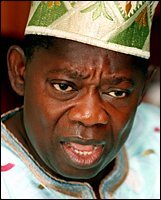
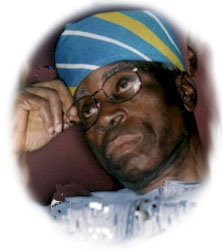
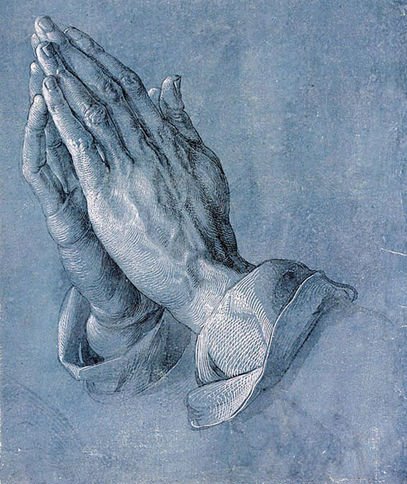




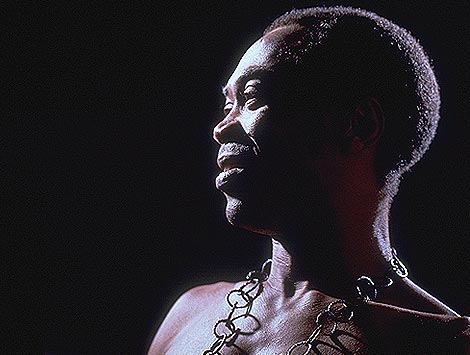
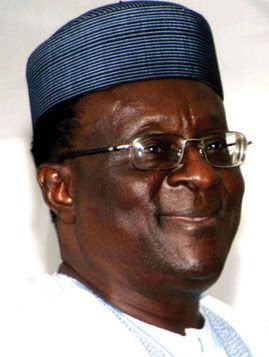



Adunni Olorisha: The Last Interview…
ReplyDelete01.14.2009
Add To Favorites
Print This Article
Post Comment
Shortly before the Austrian-born mother-protector of the Osun Sacred Grove, Susanne Wenger, breasted the tape of her 93rd year, Okechukwu Uwaezuoke visited her in her Osogbo-based residence. Here are excerpts of the encounter
Here She comes – yes, with the first letter in the upper case. Here comes “Adunni Olorisha”, the favoured one of the gods. Her gait might not exactly be upright but – believe me – she doesn’t need a walking stick. Doyin accompanies her, watching over her with so much solicitude. Yes, she gropes around for something to support her decrepit frame as she lowers herself on a seat. This comes after she has offered me her hand for a handshake. I am fascinated. So this is the famous Susanne Wenger! She is not unexpectedly sporting a loose-fitting pant and a local print shirt as well as a hand-knitted woolen cap. Around her neck hangs a black bead necklace with cowries as pendants…
True, I’m here to interview her since she turns 93. But, pray, what questions do I ask this woman I have read and heard so much about? What should my opening conversational gambit be? Shortly after my arrival from Lagos, I stopped over at the famous Sacred Grove of Osogbo. I saw her efforts at recreating the mystical ambience of the 75-hectare land. Yes, I should begin the conversation with that… My first faux pas: I tell her I have been to the shrine rather than the grove.
“Shrine?” She seems genuinely puzzled. “There are many shrines. You mean the grove!”
Now, this forms the subject of my next question. But no, it must be quiet from that end now UNESCO has taken it over. Or isn’t it?
“I don’t know what to answer to this question,” she says. My heart sinks. Another faux pas? Not really. “A grove which is not a real sacred grove cannot exist… It has to have a self-conscious nature.”
She pauses to ask if I grasp the words “self-conscious nature.”
I assure her that I do.
It is in this case sacred, she resumes. “What do you think is ‘sacred nature’?”
Sacred nature? Now, I’m unprepared for definition of concepts. Sacred has to do with something that must be preserved for purposes of worship.
“Humanity has to have places to take life sacred. What do you think is ‘sacred life’?”
I stare at her, not knowing exactly what to answer.
“What do you think is ‘sacred life’?” she repeats.
Now, am I a student or what? I rattle off something to the effect that it is life dedicated to doing something one is convinced about. Just the way I would have done it years back as a university undergraduate.
My answer seems to satisfy her. I’m relieved like a student that has proffered the correct answer to a tricky question. “Religious [too],” she adds as though to complement my effort. “Not just practical but religious…We all have accepted from tradition that religion is part of life. But life, only if it is God’s own secret…”
I momentarily succumb to the embrace of my reverie. But am brusquely wrenched back to the present reality when she begins to protest to Doyin: “If he doesn’t want to make notes of what I say…”
She resumes her monologue, for that it what it is turning to. I am watching her rather than saying anything. Thoughts of different kinds vie for prominence in my brain. She must have noticed for she says suddenly: “If you don’t ask me questions, I’m not prepared to make a speech.”
I start almost like a child caught sleeping during his lessons. Now is the time to talk about her works. She is internationally renowned for her oil paintings, batiks and drawings as well as for her sculptures. The bulk of her works, alongside those of her Nigerian colleagues, constitute the “New Sacred Art” collection. It only heightens my angst when I realise that there little about her art practice that is yet to come to my awareness.
“The works have to be strong enough to establish themselves,” she says in answer to my circumspect question.
Doyin complements her response by informing me of the existence of a Susanne Wenger Archives in her home country, Austria. There are, of course, a lot of her works in private collection.
Together with her former husband Ulli Beier, she had organised the famous Osogbo workshops of the 1960s. But she refuses to see Chief (Mrs) Nike Davies-Okundaye or any of the then workshop participants as her student. “Nike has her own personality… This is why I am interested in Nike because she is a kind of co-worker.”
But I am mentally scouring the art landscape for her influences. As an art writer, I have become a captive of the words “devotees”, “students” or “acolytes”. But these words do not exist in Susanne Wenger’s lexicon.
“Mama sees nobody as a student,” Doyin sums it all up in a sentence.
If I am looking for drama, I am in for some disappointment. She’s going to be 93 on Friday. Does she feel different?
“I’m not interested about what people say.” I discern no hint of arrogance in her voice. “My main interest is to honour the truth about art because art is a great secret about humanity.”
So what does she think about the so-called “commercial art”?
“It’s a part of life,” comes her reply.
There is some kind of cooperation. Duality, if you wish. Just as in religion. “Art is not religion. But it has its connections with life similar to religion. But religion is deep in the human åmind…God means to communicate through art…Art is culture. Culture as such is for human beings.”
Does she believe that the level of a people’s development can be discerned through their art?
“I don’t know what you mean,” she rejoins.
I offer a somewhat lengthy explanation of how art reflects the makers. But I falter when I let the word “progress” slip from my mouth. It’s not really a Freudian slip. Just one of those conventional catch-words.
“Progress?” She obviously does not like my use of the word. “There are people for whom art is the only real world. Study is not necessary to know it. Art is not an intellectual endeavour.”
I nod my agreement. But she has misunderstood my question. I capitulate nevertheless.
Her typical day might be interesting to know. What percentage of her time does she devote to her studio work?
She looks genuinely mystified.
“I have no idea what you are talking about,” she says.
Even Doyin cannot hide her impatience with my question. Art is not an intellectual endeavour. It is no office work. With each day, it is bound to be different. No typical days. So much for what I imagined might be interesting to the readers.
I venture into the domain of preserving her works for posterity.
“I don’t want to preserve. I want to keep doing something that is a part of life.” She must have sensed that I am angling for the dramatic slant of the interview, for she adds: “I cannot help you... I cannot help you…I cannot speak to you about something you want to hear. That does not interest me.”
She has heard about a recent documentary film about her. “But that’s your work!”
Over half-a-century after, does she still maintain links with her homeland?
“Why that?” That’s Doyin. She looks genuinely puzzled. Well, if I must know, I was there at her 90th birthday and saw not only the Austrian ambassador but also some Austrian journalists.
It is remarkable that of all the Yoruba sacred groves, only the one in Osogbo still exists thanks to her. But even this does not move her. She is not interested in pushing people to preserve their culture. “Culture must be living. If one has to push then it is useless. We want to have culture alive.”
I have been groping for some kind of comic relief to ease the seriousness of this encounter. Does she still speak German?
Doyin laughs. “Mama speaks German, English and Yoruba. How can it go away just like that?”
The Caucasian priestess of Yoruba traditional religion might want to share my sense of humour, but she reminds me that a dog will always be a dog, a cat a cat and a human being a human being. She, in other words, hasn’t forgotten that all said and done she remains an “oyinbo” (white man in Yoruba).
Did she have a Picasso-like kind of fascination for African art when she first set her feet on these shores in 1950 at the age of 35? Nothing like that. Of course, there is something right of adventure books about her rushing to a marriage with an equally starry-eyed art enthusiast. Beier had applied for and was accepted for the post of lecturer in phonetics in Nigeria premier university, then called University College, in Ibadan. One condition to fully qualify was that he had to be married.
But fate had other plans for the couple when they settled in Nigeria. While Beier later married Georgina, she tied the nuptials with a local priest. This was her first step towards integration with the Yoruba traditional religion. Now, she has made this Brazilian-style two-storey building along Ibokun Road in Osogbo her home. “If I’m here, I’m here. That’s life,” she says with finality.
Soyinka extols Susanne Wenger’s virtues, preaches religious tolerance
ReplyDeleteBy SOLA BALOGUN
Tuesday, January 20, 2009
Soyinka
Photo: Sun News Publishing
More Stories on This Section
Nobel laureate, Professor Wole Soyinka yesterday used his tributes in honour of the late Susanne Wenger to preach tolerance, peace, particularly among world religious leaders.
Soyinka, a literary giant and advocate of Yoruba culture, saluted the courage and vision of the departed Austrian artist, better known as Adunni Olorisa who “came, saw and was conquered” on the cultural landscape of Nigeria.
Describing the late Wenger as the real Abami Eda of the Nigerian art scene, Soyinka compared the late Adunni Osun to his cousin, Fela Anikulapo-Kuti, who equally promoted Yoruba culture, but who was not as close and intimate to the Yoruba world, as Wenger did.
According to Soyinka, a major lesson must be learnt from the manner of Wenger’s world view, as despite her European roots, she came to Nigeria in the early 1950s only to find peace and fulfillment in the depths of Osun, said Soyinka.
“She (Adunni) hated showmanship and was somewhat reproachful of Fela’s treatment of a shared resource, her eyes being always tuned inwards, communing with her private Muse in a secretive zone filled with images, with intimations of godhead, constantly homing in on what would be the guiding passage from her history and cultural antecedents to this world that reached out to her so compulsively. She found that passage in the depths of Osun, and Osun became not merely her physical, creative retreat, but her spiritual refuge and inspiration.”
The Nobel laureate recalled that the late Austrian artist never attempted or pretended to be Yoruba, but “a being of the universal spirit who found the truths of existence not in Europe, nor Austria, but in a place she had never heard of until brought thither in the most ordinary of circumstances.”
Harping on the need for universal tolerance on religion and culture, therefore, Soyinka deduced a lesson from Wenger’s life, saying “there is a lesson in this for all of us … There is nothing strange in Africans, with their wealth of spiritual and cultural resources, seeking or voluntarily embracing spiritual affinities anywhere – from Rome to Mecca, from Jerusalem to Canterbury.
It is when these latter – day convertites assume the mantle of Absolute, Incontrovertible, truths to the extent that they affect to despise other truths, destroy their icons, mutilate their heritage and embark on orgies of intolerance, even to atomicidal extent, that they declare themselves subhuman, and earn the righteous wrath of other claimants to the altar of spiritual verities … Susanne Wenger, re-named Adunni Olorisa, mapped out the path of tolerance of spiritual ecumenism, the choice of being true to oneself yet accommodative of others.
How Wenger was buried, by American tourist
ReplyDeleteBy FEMI SALAWU
Wednesday, January 21, 2009
• Wenger and Doyin, last September
Photo: Sun News Publishing
More Stories on This Section
Before her death on January 12, the late Susanne Wenger had instructed that her burial rites must not be delayed neither should people know her tomb for fear of being turned into a tourist attraction Wenger’s wish was adhered to as she was buried around 9pm about seven hours after her death.
Meanwhile, an eye witness revealed details of how Wenger was buried Monday night around 9pm. Chief Nathaniel Styles, a Caribbean American who was among many callers at the home of the late matriarch revealed that it was carried out under tight security and witnessed by select few family members, high priests and priestesses.
Said he, "Actually, I was coming to visit her in the hospital but she had expired before I arrived. For the six weeks that I have been in town, I have kept her posted on the Osun Miami Village project, which we planned for next month. I was about coming to check up on her health when news reached me that she had died. I feel very privileged because I was very fortunate to be one of the people who made prayers before her internment."
"It was conducted without delay. From the hospital, they took her straight to an undisclosed place for internment. This was because, she was a vegetarian and she did not believe in any artificiality. It was a very quiet and intimate ceremony with many high priests and priestesses in attendance. I think we were about 30 people. Before, her death she had expressed her desire not have any form of fun fair around her burial, she wanted everything to be done forthwith."
He revealed further, "I haven't been authorised to disclose that but I can reveal that she passed on earlier in the day. She had no injections or anything artificial. She was in high spirits earlier in the morning.
"There was nowhere most befitting for her burial than the Osun Osogbo groove especially considering that she has dedicated about 60 years of her life to the cause. That was the ultimate sacrifice anyone can offer her for the utmost sacrifice she paid by elevating of the Yoruba culture to world standard. It is my prayer that the Yoruba nation becomes more aware of the vast resources such as culture, herbs, dance, music among others."
The Susanne Wenger we knew
– Oyinlola, Olusola, Elebuibon, others
Governor Olagunsuje Oyinlola
Governor Oyinlola of Osun State who made a condolence visit around 3pm on Thursday noted in the condolence register, "We give glory to the Almighty God for a life of service to humanity and God. The people of Osun State will surely miss her worthy contribution to the development of our cherished customs and traditions. Fare thee well."
Chief Yemi Elebuibon
Chief Yemi Elebuibon, Spokesman of Ifa Oracle and art scholar described Wenger as someone who “achieved her goal to protect culture and traditional religion of the Yoruba people.”
Ejiogbe Twins
She was our beloved mother in culture. She was kind to humanity. She devoted her life to the promotion of Yoruba art, tradition and culture. For instance, if you come into Osun Osogbo, you will see many of her works. She built many houses and abstract works together with people such as Chief Jimoh Buraimoh, Tijani Mayakiri and Ejiogbe Twins. She loved people generally irrespective of religious different.
She was not an ordinary woman, we believe she was sent to Osogbo for the promotion of our culture. Although, she was Austrian, she was Yoruba by blood, by tradition by beliefs and in fact, she was Yoruba by birth. She may be white, but every other thing about her is Yoruba. Her death is great loss not only to Yoruba but the world at large. She is not dead, She lives through her works. She only has become an Orisha. She only slept, she didn’t die.
Ambassador Segun Olusola
I was very sad naturally, no matter how old one’s parents are, one still feels the pain and carry a heavy sense of severance. She did her best possible in sustaining the culture of the Yoruba. Funeral for such a person goes on and on and on. It has just begun; we wish her a very sweet repose.
Mama was in high spirits before dying –Doyin Faniyi, daughter
ReplyDeleteBy FEMI SALAWU
Wednesday, January 21, 2009
• Wenger and Doyin, last September
Photo: Sun News Publishing
More Stories on This Section
Life certainly cannot be the same again for Chief Doyin Olosun-Faniyi, adopted daughter of the late Susanne Wenger, otherwise known as Adunni Olorisa. Doyin who was raised by the Austrian born Osun devotee from birth, said she has never really quite adjusted to life since last week when Wenger, whom she had grown to call Mama, took her final exit.
Wenger passed on Monday, January 12 at Our Lady of Fatimah, Osogbo at a very ripe age of 94 after spending 59 years of her life in the worship of river goddess, Osun.
Looking tired and worn out after receiving many visitors and callers who daily besieged the Ibokun Road residence on Friday afternoon, Doyin spoke to Daily Sun about her life with her late mother.
“We have been receiving visitors like this since Monday. Infact, I have not had any meal today because I haven’t had the chance and moreover the appetite is not there at all,” said Doyin who hinted that Wenger’s popularity actually drove many people to her home following her death.
Five days after the passage of her mother, Doyin still grapples with the reality of the loss. Said she, “I lack the right words to describe or qualify mama, I am deeply overwhelmed. Yoruba people say Arugbo eni kii su ni meaning you don’t get bored by your old one. I took it with great shock because the reality dawn on me at that moment.”
The air of loss that enveloped the Ibokun Road, Osogbo residence was quite heavy. Stepping into the two-storey building, with an imposing Bougainvilla tree, just about as tall as the building itself, is perhaps the first sign of the passion the late Wenger had for nature.
Apart from the medicinal Bougainvilla, a thick vine crawls unhindered around the rear side of the building almost covering the whole front view. This gives the building a serenity which distinguishes it from the other houses on the busy Ibokun road. This serenity is further complemented with the display of different stone carvings positioned around the front yard and on the low sculptured fence as well as the short stairway at the entrance. The front door of the building and indeed almost every other door is richly adorned with various sculptural designs.
Doyin said further, “The house has been in place before Mama came but Mama raised it took to the level where it is now including all the sculptures and artworks you can see displayed everywhere.”
What I learnt from Mama
How was it like, living with Aduni Olorisa? she said, “I don’t know where to start from. Most of the lessons I learnt from mama were by perception and it is hard for me to express these. I have learnt to be factual because Mama was an upright person with the finest integrity. She was a model to all in many areas such as intellectual fields, dedication to culture, religion and nature. She trained me and sent me to school. She believes in sound education along with her undying love for traditional religion and the arts generally.”
Strange coincidence
For Doyin, the mid day rain that tore through the dry January weather on the day Wenger passed on was a mark of honour for the late matriarch.
Her words, “I think it was a good sign especially because we are still in a dry season. Really, I think mama deserves such honour. She passed away peacefully and not quite afterwards, long it began to rain. Before her death, she had instructed us not to delay her burial but we saw the rain as a good sign for her passage so we had to wait for the weather to subside.”
Wenger’s dying moment
“I have been with mama since birth. No one had the premonition that she was going to pass on. It is normal for elderly people to begin to show some signs shortly before their passage, but this won’t make much sense until they eventually pass on. After taking her bath and breakfast that morning, Mama even requested for a note and pen that she wanted to write.”
“She was in high spirits that morning, she wanted me to come closer and hug her many times. I was feeling suspicious as she kept saying “Adupe” (Thank You) many times but it didn’t occur to me that it was her way of saying goodbye.”
“We made efforts to reach the Australian embassy. We decided not to delay it further because mama had expressed her wish for immediate burial. We made contact with the Austrian embassy and her lawyers. Equally, the Osun state government have been supportive of her burial rites,” explained Doyin.
Wenger’s daily routine
Mama was a busy person. Right from the moment she woke up in the morning (which is not fixed as she is not an early starter) till late into the night. She divide her time to be able to meet up with various activities such as working in the studio, writing, making artwork. Every other day, she lived to visit the groove and commune with the spirits.
After her lunch, she would spend time with the children and then return to her work later. As busy as she was, she usually found time to gather the children and spend time with them and she had been like that since my childhood. In spite of her age, she was used to climbing down the stairs of this two-storey building everyday because she occupied the second floor.
Susanne Wenger lives on: A Reporter’s Diary
ReplyDeleteMy encounter with Adunni Olorisa
By SOLA BALOGUN
Wednesday, January 21, 2009
• Wenger at the Grove
Photo: Sun News Publishing
More Stories on This Section
Like a goddess that she was, Mama Susanne Wenger, the enigmatic Adunni Olorisa of Osogbo took a final bow at the least time expected. Although she died at a ripe age of 94 on January 12, many people had forgotten about her mortality, as she had long before death, elevated herself to the status of a deity.
She had achieved this successfully through her spiritual leanings towards Yoruba gods, a vocation, which she practiced along with her prolific reproduction of deities, ancient and sacred figures in the forms of sculptures and architecture.
But Wenger’s transition came rudely just five days after the commissioning of the Centre for Black Culture and International Understanding (CBCIU), an edifice approved by UNESCO to house the archival works of Ulli Beier (Wenger’s first husband)) in the Osun state capital. Prince Olagunsoye Oyinlola, Osun State governor had received many guests during the ceremony, which marked a turning point in the cultural life of the Yorubas, particularly indigenes of the state.
It thus became an irony that barely a week after Osogbo got a Centre for Black Culture, the very soul and promoter of that culture, in the form of Austrian born Susanne Wenger, was preparing for her final journey.
The duo of Beier and Wenger had arrived Nigeria in the early 1950s, as husband and wife. They first settled in Ede where Wenger fell in love with Yoruba culture and got initiated into the Orisa cult. Both Beier and Wenger would later separate as husband and wife, but not without registering their indelible marks on the cultural landscape of Nigeria, particularly in Yorubaland, through their works.
I had the privilege of meeting ‘Momo’ Susanne Wenger (as she was fondly referred) on two different occasions before her death.
The two occasions were at the instance of Mrs Nike Okundaye, renowned batik maker and one of ‘Momo’s beloved daughters in the arts. The first was during a cultural voyage undertaken by some Europeans to Osogbo in 1998. I was invited alongside a few other journalists by Okundaye to accompany the visitors to Osogbo with a promise to meet the matriarch of Yoruba culture and custodian of Osun grove one-on-one. The joy of meeting Adunni Olorisa was palpable as we took off from Nike’s Lekki-based Gallery to Osogbo.
After a tour of major monuments, sites and cultural centers in and around the Osun State capital, we retired to Susanne Wenger’s tourist home on Obokun road where we were hosted and served with food and drinks. Okundaye had long prepared for this historic visit as some of her students at Nike Gallery took charge of refreshments. All the guests were well received by Wenger who took time to share jokes and talks with her guests, despite her old age.
But the few journalists on the trip received the shock of our lives when upon being asked for an interview, the old woman declined, expressing her disdain for “press interviews” and beckoning on Nike to further explain her stand.
“ Ma, we just wanted to have your views on your works especially as the custodian of our treasured Osun grove” I quickly muttered in anticipation of a positive response. But Adunni Olorisa merely waved her hands to us in rejection of our request, saying inaudibly, though humbly, that she did not want to be read in the newspapers. Eventually we had to resign to fate as Okundaye herself pleaded that we should “ try and understand Momo’s mood”.
She hinted that once Wenger was not in the mood to talk, no amount of pleas or persuasion would make her yield. And as journalists who looked forward to rare reports from such a rare personality, we later took her decision in good faith. But we later learnt the truth about the woman. She was so humble to the extent that she never believed she has done anything for her to be praised, and that naturally, she was a shy personality who preferred to be alone, withdrawn, doing what destiny had bestowed on her.
The second encounter I had with Wenger was in Lagos at the Lekki home of the Okundayes. Nike Okundaye and her husband, Reuben Okundaye, a retired Police Commissioner had prepared a feast in honour of “Momo” in commemoration of her 85th birthday in 2000. A handful of guests-including diplomats, Ambassador Segun Olusola Engineer Yemi Shyllon, Mr Ben Tomoloju, Jahman Anikulapo, among many others graced the occasion. ‘Momo’ was brought in from Osogbo and was seated in a central position inside the expansive sitting room of the Okundayes.
The party went on with much of eating and drinking, after which tributes started pouring in. ‘Momo’ was quite patient to listen to everyone who sang her praises, she managed to smile at intervals, but obviously getting apprehensive of the many words of commendation.
And when it was time for ‘Momo’ to react, as the chief celebrator, she again waved her hands in hesitation, but added a few words rather quietly, “ I thank you all, May the Orisas bless you all”. Then came the turn of journalists who were expectedly hungry for more words from the octogenarian. But quite predictably, Wenger again disappointed us, waving her hands as usual to deny us answers to our questions. But when I noticed that Wenger was not prepared to grant any interviews, I made bold to ask her to autograph the book she had earlier offered me through Okundaye. I went quietly to her with a pen, urging her to do the writing personally. I was given the privilege of her autograph, as she wrote‘ To Sola, best wishes, yours Momo, Adunni Olorisa, Susanne Wenger..5/4/2000’
Written by Wenger herself, but edited and published by Augustine Merzeder in Austria, the book: The Sacred Grooves of Osogbo provides an interesting read on the personality of Susanne Wenger and her artistic works in Ede and Osogbo. The book equally unveils the origins of Wenger’s integration into the traditional religion of the Yorubas, and how her works instigated the Cultural Revolution that revived ancient shrines and monuments and transformed these into some kind of contemporary artistic movement that is now known as New Sacred Art, around the Osun groove.
Adunni - Osun
ReplyDeleteBy Wole Soyinka
Years before Fela Anikulapo was tagged with the media ascription, Susanne Wenger, later to be known as Adunni Olorisa, was the original, quintessential abami eda of the Nigerian art scene, but most particularly of the Yoruba cultural community. Her passage of revelation was quite uncomplicated. My favourite summation of her experience: she came, she saw and was conquered. An internal, as yet undefined spiritual quest, too personal for outsiders to understand, had come to fulfillment, and there was no turning back. I glimpsed this phase of illumination at our very first meeting, all the way back in the early sixties.
Thinking of Fela at the time of Suzanne's passing comes to me quite naturally, quite apart from the fact that I did try to induce Fela to visit Osun on a few occasions, confident that he might thereby deepen his affinity to the Yoruba world. There were quite a few similarities - and contrasts - between her and my cousin, who came to be known even more widely as abami eda. Both created their own worlds - communalistic in temper, internally regulated, and defended with a passion. Both were ardent promoters of Yoruba culture, although, in Fela's case, he had a generally permissive cultural amalgam that went by the name 'African culture.'
There, perhaps, the convergence ends. Susanne's cultural space was a space of tranquility and meditation that transmitted a unique aura. She hated showmanship, and was somewhat reproachful of Fela's treatment of a shared resource, her eyes being always tuned inwards, communing wih her private Muse in a secretive zone filled with images, with intimations of godhead, constantly homing in on what would be the guiding passage from ber history and cultural antecedents to this world that reached out to her so compulsively. She found that passage in the depths of Osun, and Osun became, not merely her physical, creative retreat, but her spiritual refuge and inspiration.
Let this be clearly stated: Suzanne Wenger never attempted nor pretended to be Yoruba. Even in her very last interviews, she took pains to stress this. She was European, Austrian, yet a being of the universal spirit who found the truths of existence not in Europe, nor Austria, but in a place she had never heard of until brought thither in the most ordinary of circumstances. Yet she recognized that space at once, intuitively, unquestioning. Austria lost an artist., Oshogbo gained one, a spiritual seeker and guide, community leader - despite herself - and creative mentor all in one. No community imbued with any cultural pride and self-confidence in its authentic heritage, yet with an openness to the offerings of external insights, could ask for more. The symbiotic relationship could proceed, at its own pace, and unfettered.
There is a lesson in this for all of us, viewed conversely. There is nothing strange in Africans, with their wealth of spiritual and cultural resources, seeking or voluntarily embracing spiritual affinities anywhere - from Rome to Mecca, from Jerusalem to Canterbury. It is when these latter-day convertites assume the mantle of Absolute, Incontrovertible Truths to the extent that they affect to despise other Truths, destroy their icons, mutilate their heritage and embark on orgies of intolerance, even to a homicidal extent, that they declare themselves subhuman, and earn the righteous wrath of other claimants to the altar of spiritual verities.
Susanne Wenger, re-named Adunni Olorisa, mapped out the path of tolerance, of spiritual ecumenism, the choice of being true to oneself yet accommodative of others. All she demanded, indeed insisted upon, was the sanctity of the spiritual space of her adoptive community. Let the warring dacoits of foreign deities take note, and place a check on their fanaticisms and bigotries. Believe and worship what you will, but let others also believe, and worship in their chosen mode.
What the Africans took to, and continues to thrive within nations such as Brazil, Cuba, Columbia and other Caribbean communities on island and landmass, Adunni-Osun found by accident - or guidance - in its original home, the abode of the orisa. She dedicated her life to enhancing a preserve that spoke meaningfully to her, enabling a community of creative minds and hands in various genres, protecting, exploring and expressing outwardly the eternal essence of its sacred grove with the reverence of the imaginative spirit. Such creative devotion does not fail to renew the spiritual dimension that lies at the heart of all religions, by whatever names they are called, and whatever their claims to world status in the directory of religions.
Adunni-Osun is how integrated she surfaces in my recall of her. She conveyed a variety of emotions, lessons, unresolved intimations to many, black, white, or bronze, from within the Nigerian nation space and from far distant lands, not excepting even tourists for whom she had little toleration. For all however, this irreducible mantra, epitomized by the career of a questing stranger who came, saw, and was conquered: "Go to the orisa, learn from the orisa, and be wise."
Susan Wenger (1915-2009): Home journey into the hallowed hands of Orisa
ReplyDeleteWritten by Chukwuma Nwakanma and Ggenga Olarinoye
Sunday, 18 January 2009
IT was with profound deep sense of lose and shock that lovers of art and culture and Nigerians in general received the news of the passing on of Susanne Wenger, aka, Adunni Olorisa last week at the age of 93. Susanne Wenger was a renowned art collector and painter and also an Osun goddess votary.
During her lifetime she represented the bridge across the continent in culture. She actually came to Nigeria in the company of famous German art cum culture scholar, Ulli Beier in the early 50s to discover what she described in her own terms as a search for Ori inu (spiritual essence) which she said she finally found at the serene spirituality of osun.
Actually Susane Wenger brought herself to limelight with her legendary life story on the worship of Osun goddess, a commitment she carried on till her death.She devoted her time and life to Orisa worship initially at Ede and later at Osogbo; where she met Ajagemo, a powerful Obatala priest and the ‘guru’ who initiated her into traditional Yoruba religion of the world ofOrisha.
At the initial stage of her entry into the sacred spiritual journey of Orisa worship,the rural community were very sceptical about her genuineness. But she convinced all the doubting persons by commitment to the calling through her flagrant display of love towards the sacred traditions of the Yoruba culture; especially through her worship pattern of the Yoruba gods and goddesses.
Through out her eventful life time, the Austrian born Orisha worshiper led a faithful defence of the Osun scred grove from being destroyed by modern day evangelizers. On one occasion, she was reported to have laid down in front of a bulldozer - and prevented religious groups from destroying her sculptures in the grove.
Because of her love for African culture traditional heritage, Susan Wenger left her partner Ulli Beier on arrival to Nigeria and married a Yoruba man, Ayansola, a drummer after which she got herself involved in Yoruba’s culture using her wealth of experience and innate ability to uplift the African art and culture to the international acceptance.
Her love for the Yoruba culture manifested in the way she whole-heartedly served as the custodian of Osun Groove and in the manner she projected this religious culture and exposed to lime-light to the extent that the groove became enlisted into the United Nations Educational, Scientific and Cultural Organization (UNESCO) world heritage list in 2005.
Through her interventions too, the Federal Government of Nigeria through the National Commission for Museums and Monument also classified the Osun Groove as a monument with materials in it as antiquities. Her effort also led UNESCO to recognize it as a world heritage and also made the forest, a world tourist centre. It is on record now that the Osun Oshogbo festival, an annual festival of the fertility god, Osun, which always hold at the shrine in August attracts thousands of worshipers and tourists.
Apart from being in love with the culture, Susane Wenger was also a renowned painter with most of her paintings in oil, batiks and also in drawings. Most of her creations along side with some of other Nigerian artists are in the Groove which she named the “New Sacred Art”.
There are so many issues that surrounded the life time of the late Austrian born lady, Susanne Wenger that remained a puzzle untill she finally gave up the ghost last Monday at the ripe age of 94, 54 of those years spent in Nigeria.
Her arrival into the country in the 50s accompanied by her husband, Professor Ullier Bier who she later divorced and her decision to adopt Nigeria as her country to any discernible mind is one of those puzzles. This is because one imagines how a white woman who is not married to a Nigerian could decide to leave the comfort of her country and spend the rest of her life in a jungle called Nigeria.
Another puzzle is her decision to adopt Yoruba deity, (Osun Osogbo) as her religion. She at the initial stage of her sojourn in Nigeria according to record was on a mission in search of knowledge about the Yoruba way of worshiping gods, particularly the Osun Osogbo which along the line she eventualy became the its chief priestess, the position she held until her death last week.
Most of her contemporaries who arrived Nigeria about the same time with her are Christian missionaries who arrived with the holy bible on one hand and western education on the other hand came into the country preaching the gospel of Jesus christ and converting the residents from their traditional idol worshiping to Christianity.
Not done yet, the late Suzanne Wenger divorced her husband, a professor of history to marry a local drummer in Osogbo who is not literate in western education. She also had 17 children none of which was her biological child but adopted all of them in Osogbo, a town she adopted as hers for several years.
Ironically, the goddess of Osun Osogbo which is believed to be the source of giving children to many women and which indeed gave many Nigerian and foreign women children could not help Susanne Wenger produced a child of her own through out the 54 years that she devouted her time to worship it.
On arrival in Osogbo, with the hospitality which the Yorubas are known for, the late Ataoja of Osogbo, Oba Adenle who was on the throne donated a two storey befitting house located on Ibokun road, Oke Baale area of Osogbo to the Australian woman who came to Osogbo only with clothes. The house was said to be the best in the whole of Osogbo at the time.
She, however, molded sculptures and masterpieces in the house to resemble that of an artist, a situation which made the National Museums and Monuments to name the house as one of its centres in the country. She did the same thing at the Osun groove. It was on record that her art works and scriptures beautify the Osun shrine.
From the entrance of the shrine to the inner groove, the art works of Susanne Wenger could be easily seen and adored by worshipers of Osun and traditionalists who besieged the shrine yearly for the annual Osun Osogbo festival.
The people of Osun state, nay Nigeria will not forget in a hurry her contribution to the enlistment of the Osun groove as one of the UNESCO recognized World Heritage sites in 2005, a major landmark achievement for not only the state but the country at large.
According to one of the Osun devotees and associate of the late art collector, Chief Ifayemi Elebuibon, the late Ataoja of Osogbo, Oba Adenle named Wenger “Iwinfunmi Adunni Olorisa” considering her dedication to Osun and other traditional festivals in the town.
Also, her interest in Yoruba culture, Elebuibon told Sunday Vanguard encouraged the then Ataoja to installed her as the chief priestess of Osun shrine, a position which made her the chief custodian of the shrine.
According to the foremost Ifa priest, when Susanne Wenger arrived Osogbo in the 50s, her basic intention was to research into the mythology of Osun river and she eventually got convinced about the powers of the river, which inclede its ability to solve every problem of life, especially childlessness.
The research conducted by Wenger, Elebuibon said included the living fish that periodically came out of the water during the Osun festival, saing that her research later brought other foreigners from Germany and Australia to Osogbo who conducted similar research.
Also, Wenger reportedly used her influence as a foreigner to promote the Osun Osogbo festival to the outside communities and made it an international festival to the extent that the festival was being celebrated in far away France, Germany and Australia among others. Elebuibon, a Professor of Ifa Mythology said the contributions of Adunni Olorisa to the Osun groove would remain indelible in the minds of its worshippers as she devouted the better part of her life and her resources to beautify the shrine. She carved various artistic works to beautify the entire Osun shrine and made it to a standard that is delightful to all foreign and local worshippers.
Wenger could be said to have achieved all her aims and desires following the enlistment of Osun groove as a World Heritage Site by UNESCO, being her major goal in life for which she received a national honour by President Umar Musa Yar’Adua two weeks before her death.
Although she was unable to receive the award personally due to her fragile and falling health, another prominent artist in Osogbo, Chief Jimoh Buraimoh, however, recieved the award on her behalf. Late Susane Wenger, apparently had a premonition of her death, for as Sangodare said, a week to her death, she called all the children together and spoke to her for about one and a half hours philosophically about religion, her life and achievements at Osun shrine.
He said: “she said we should continue with her roles on Osun shrine because she was not too pleased with the state of the art work at the shrine which was in a deteriorating condition.” Collaborating Sangodoyin one of her adopted children, Chief (Mrs) Doyin Faniyi said their mother had to be
buried at night of the same day she died at a site in the groove because that was her wish before her death.
The Ifa priest, Chief Elebuibon who said he was one of the priests that performed the burial rites at the Osun shrine at 9.00pm stated that there was nothing fetish about her burial, adding that they acted in compliance with the directive given by Wenger before she passedon that her tomb should not be disclosed to the public.
He said the late Osun devoutee was buried in the presence of traditionalists both male and female alongside representatives of the Ataoja of Osogbo, Oba Iyiola Oyewale Matanmi 11 with every part of her body remaining intact. Chief Elebuibon argued that the fact that the late Susanne Wenger did not want her tomb to be made public was to express her simplicity.
“She hated flambouyancy when she was alive. She told all her adopted children and some of us close to her that she would not want her tomb to be turned to a tourist centre and so, it should not be disclosed to the people, not even foreigners for any reason. She was a simple woman who hated anything that would announce her to the public, so, there was nothing hidden in her burial. The burial was done in the night because she died late in the evening and not because of any fetish reason,” Elebuibon said.
Elebuibon informed that a committee known as Sacred Arts Committee would be set up to take care of the art works of the late Susanne Wenger, saying this is to ensure proper preservation of all her works and to fufill part of her wishes of preserving her art works after she might have died.
As activities for the rituals in honour of the soul of the departed Susanne Wenger are being rounded off today one great question that continues to agitate the minds of adherents of Osun Osogbo is who succeeds her. Can the vaccum left behind by her be occupied by anybody? Only future can tell.